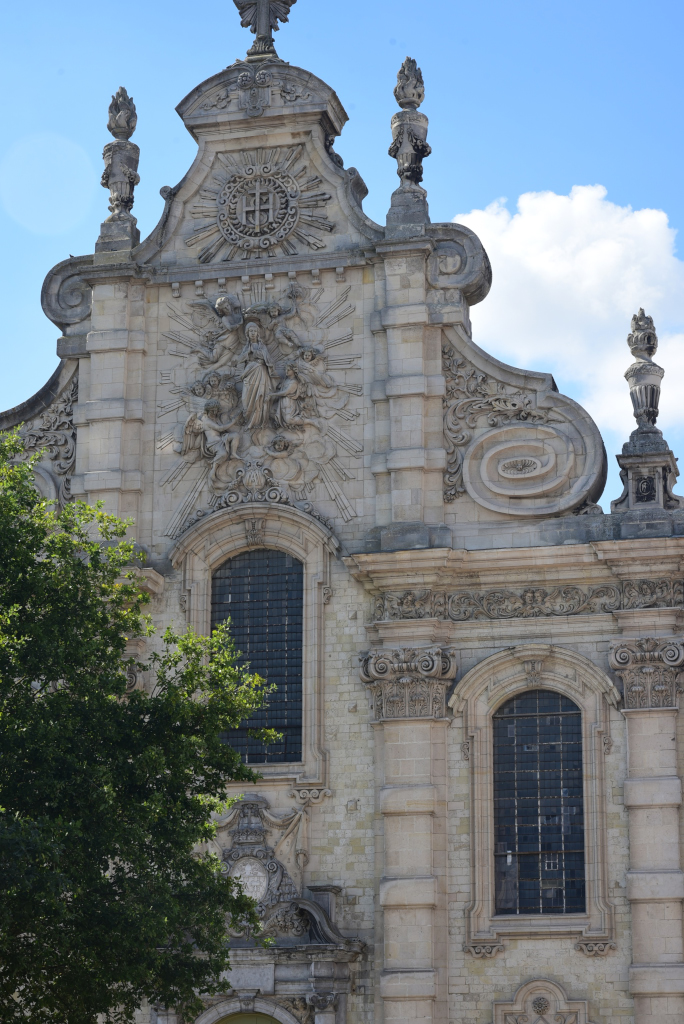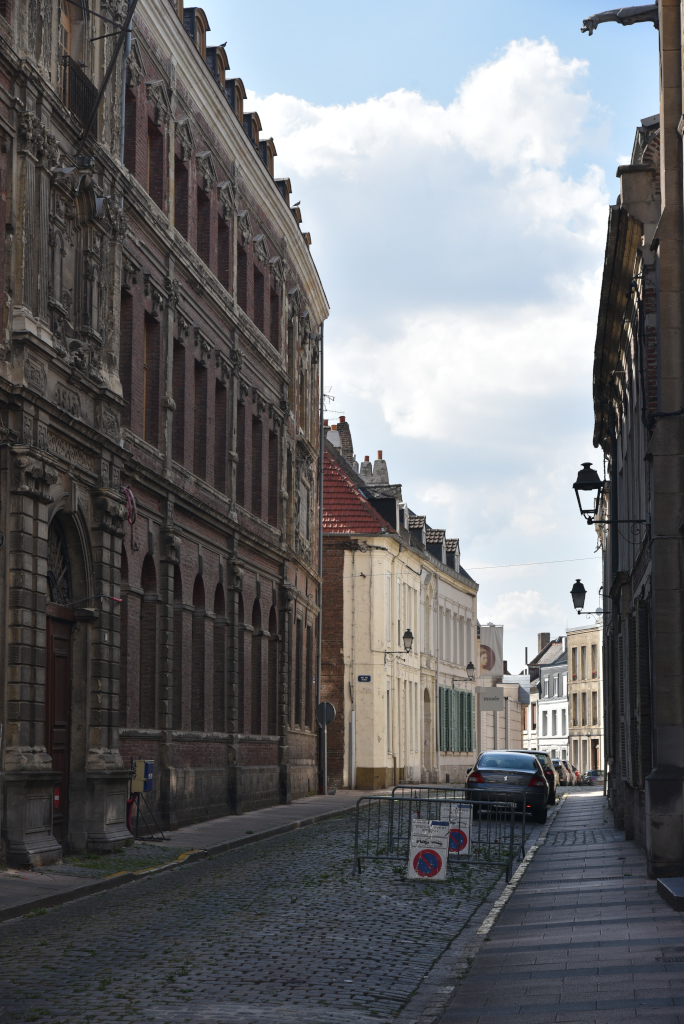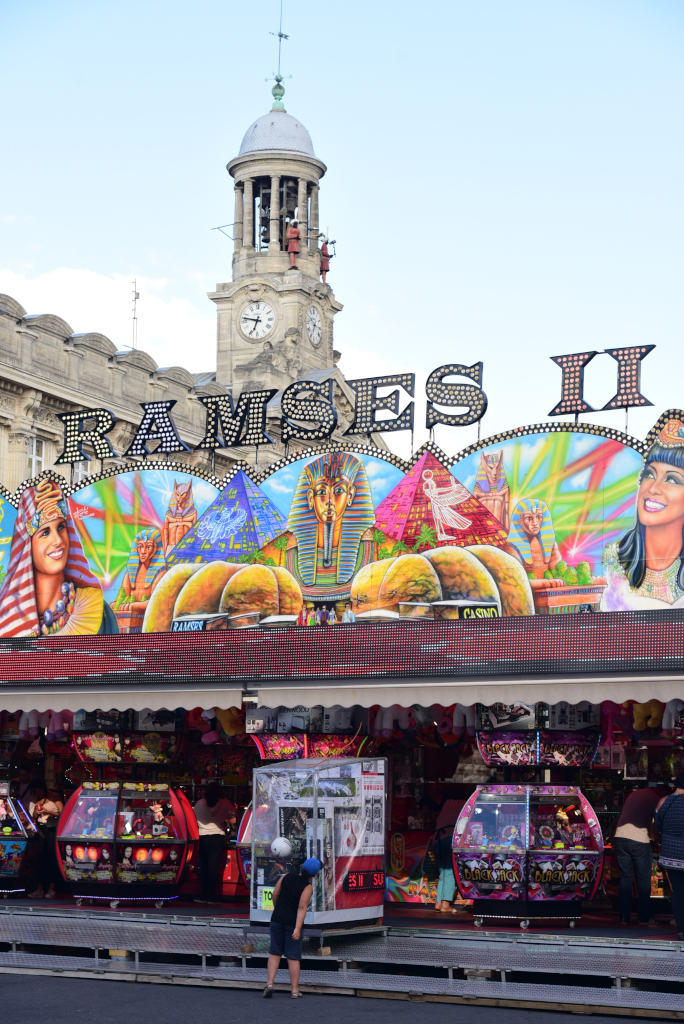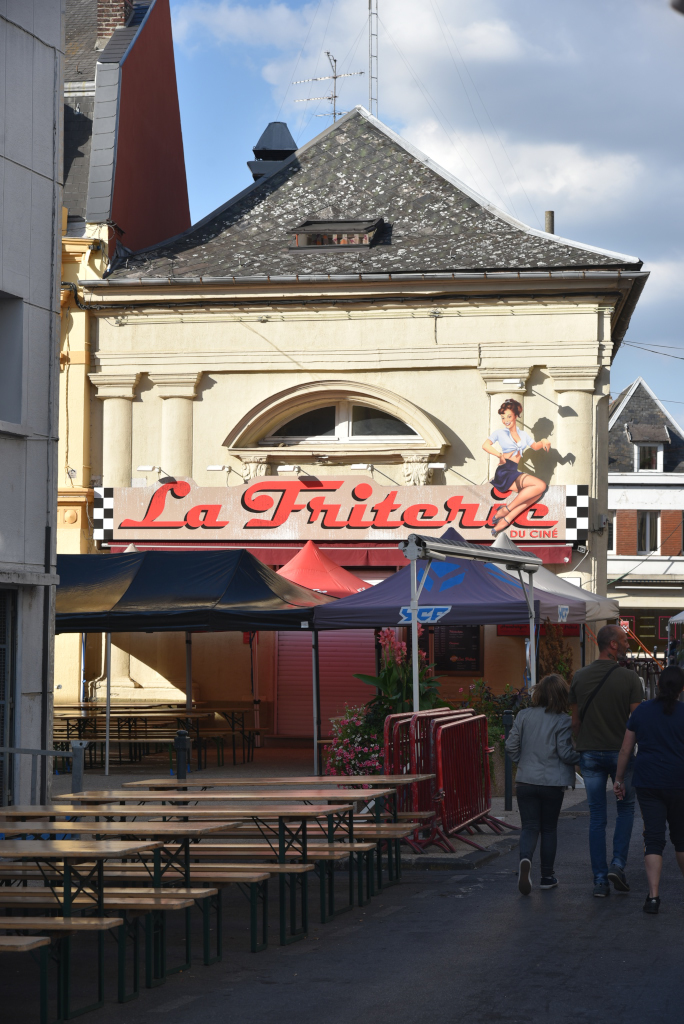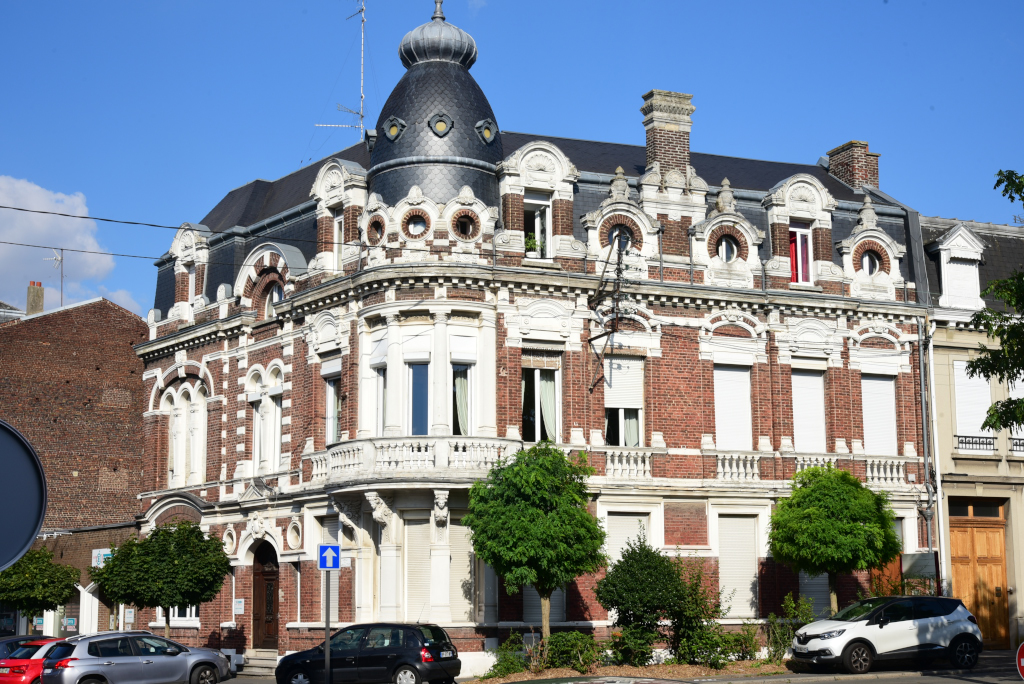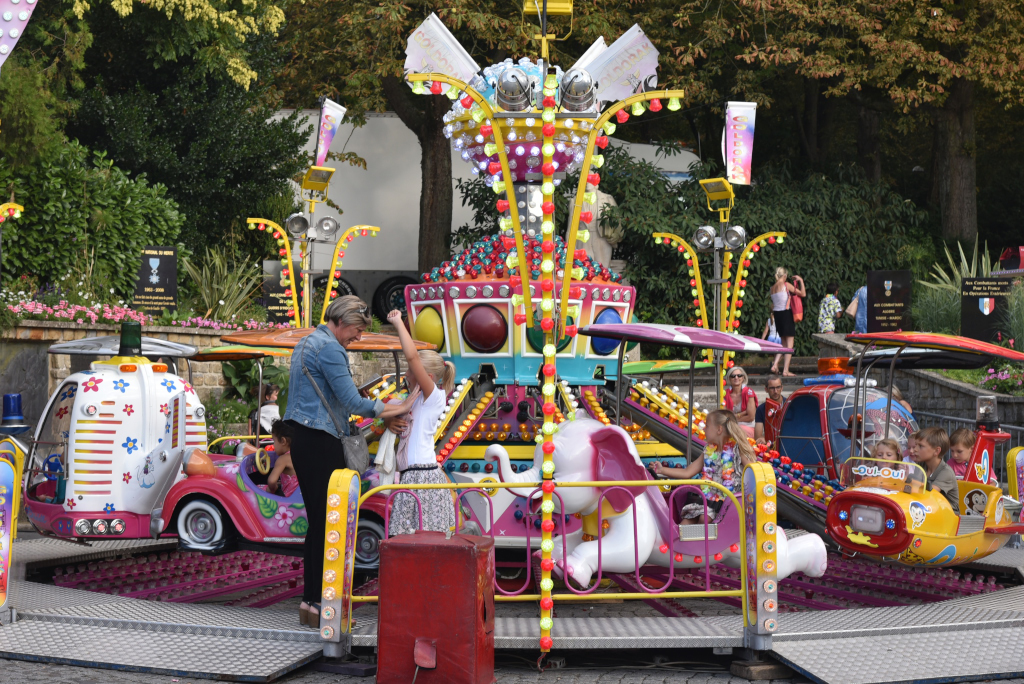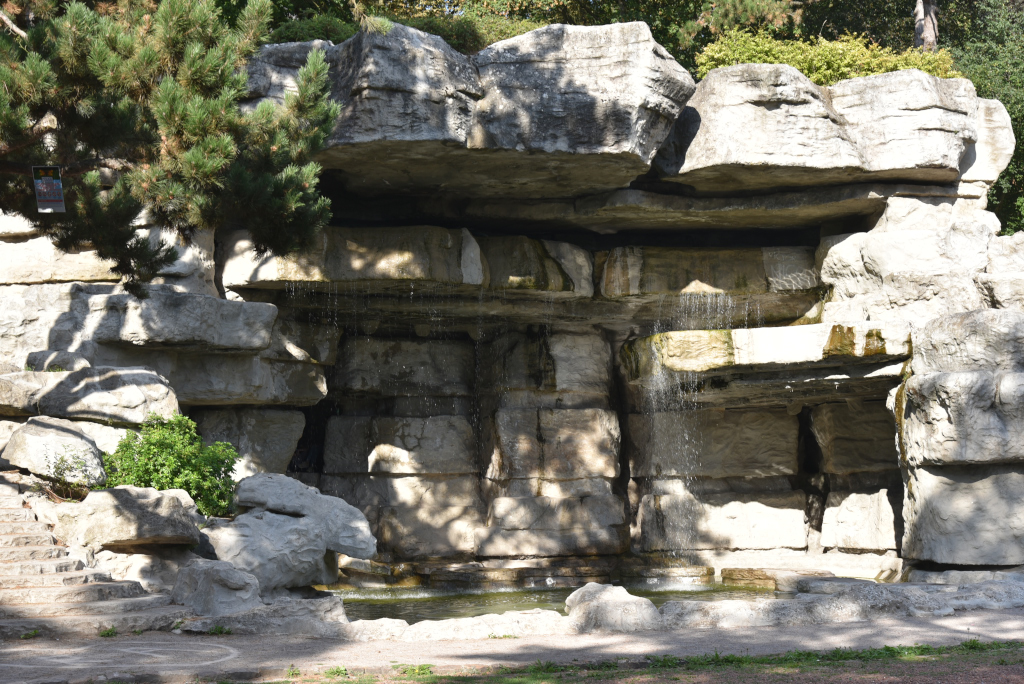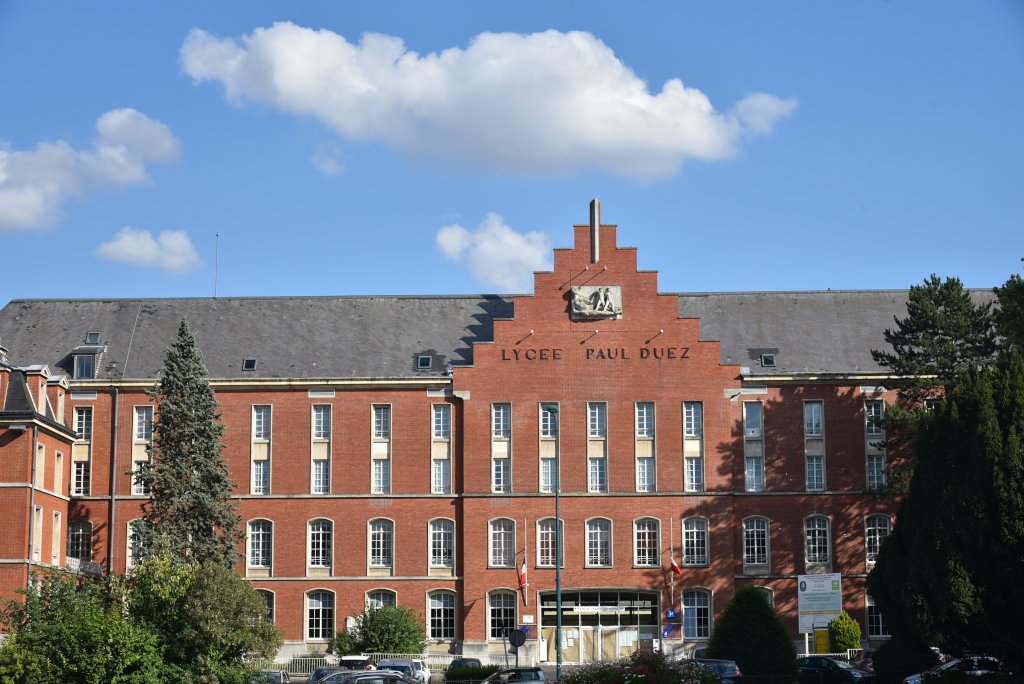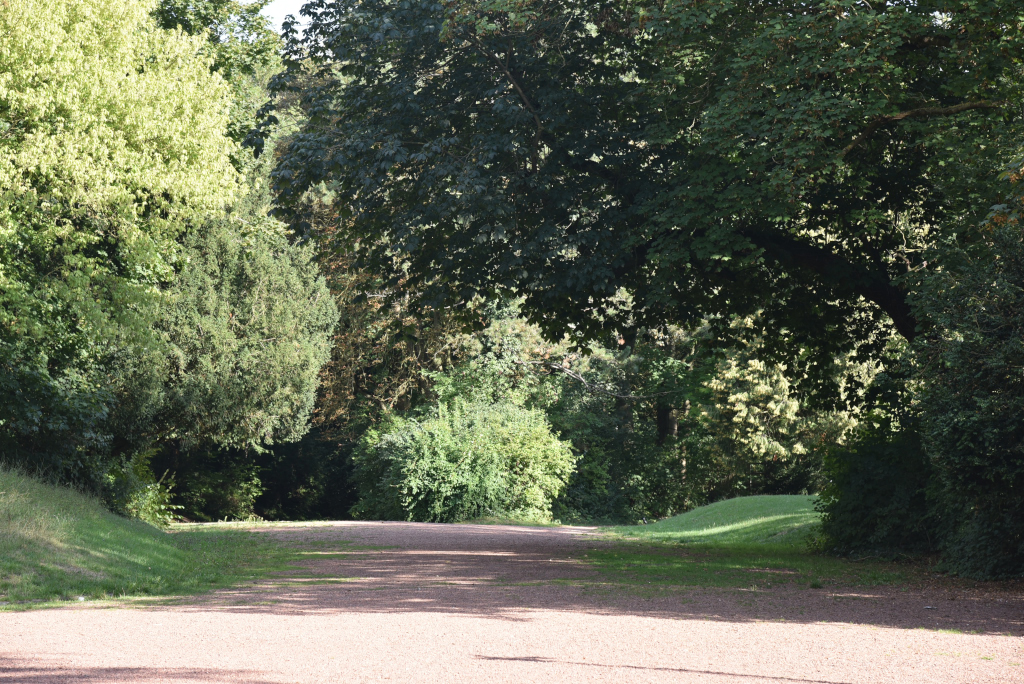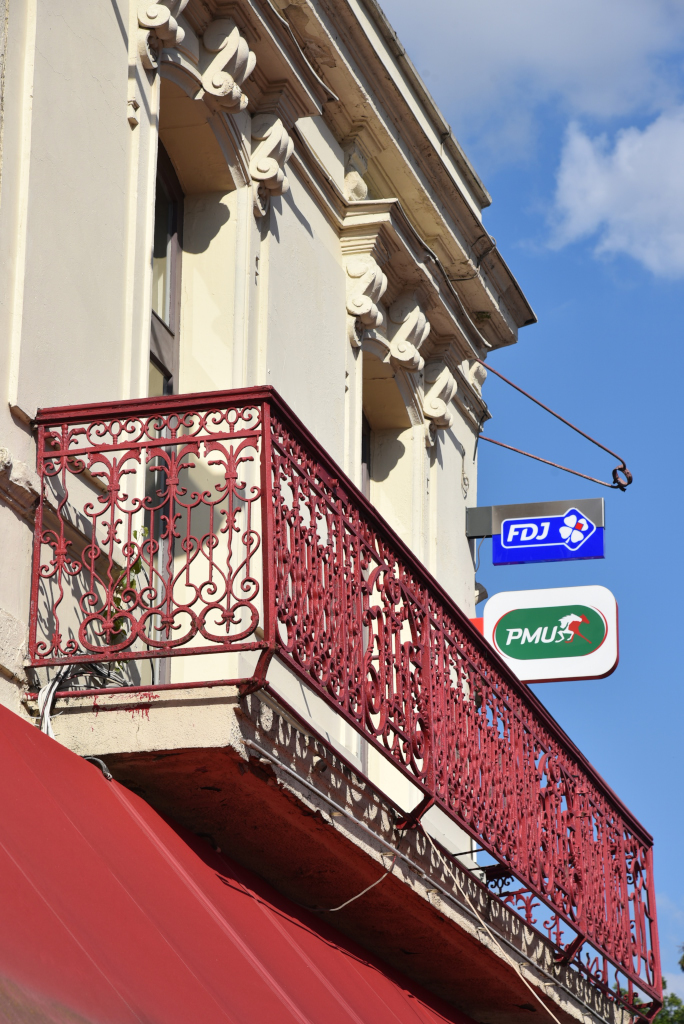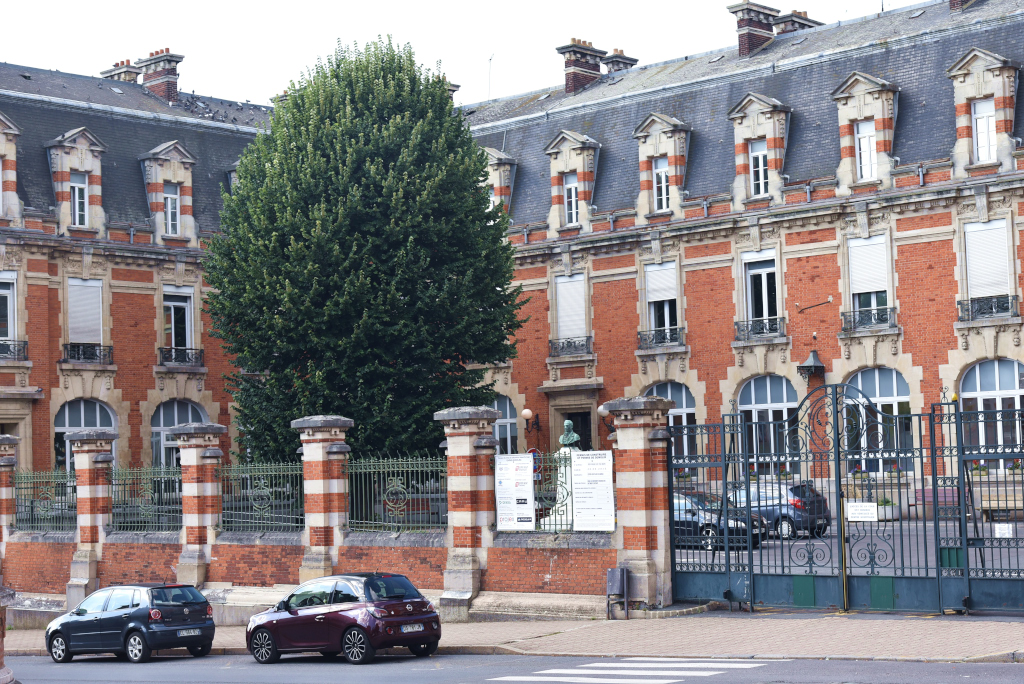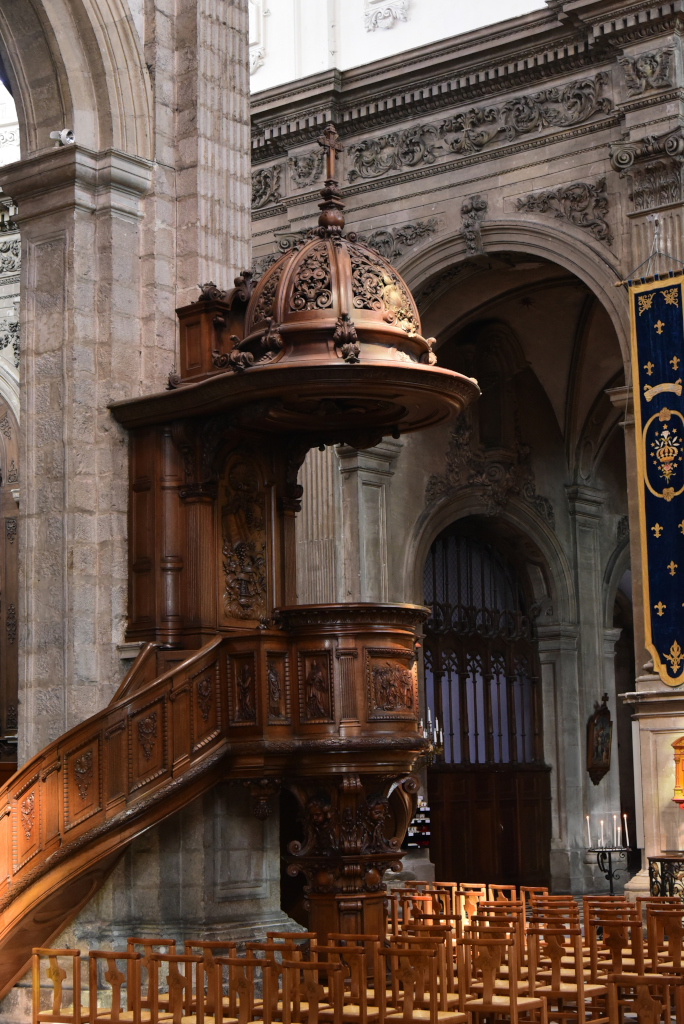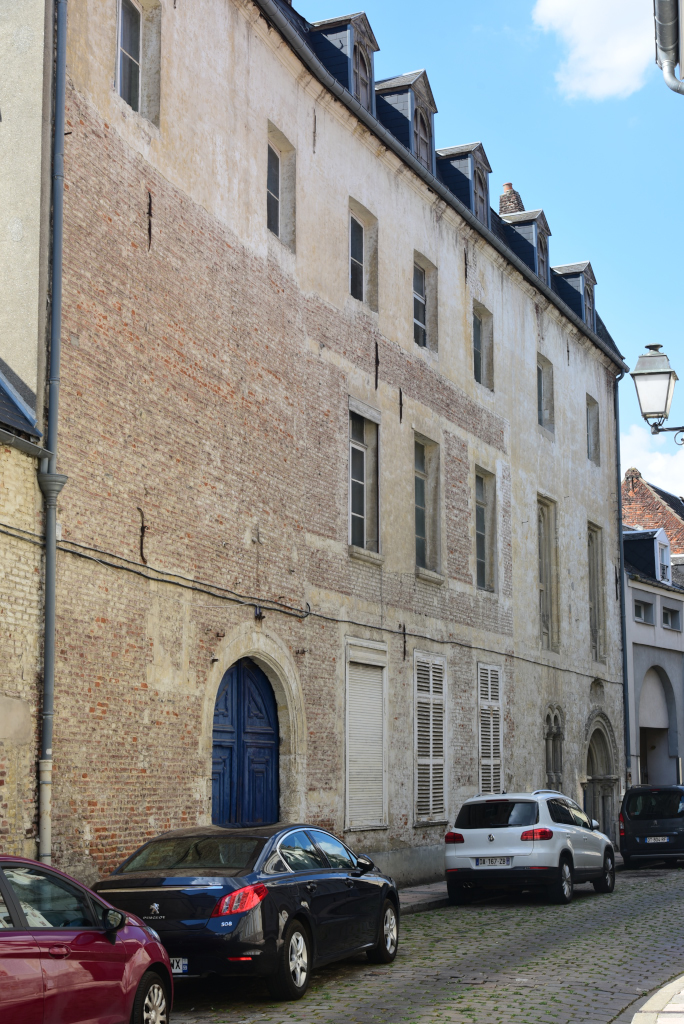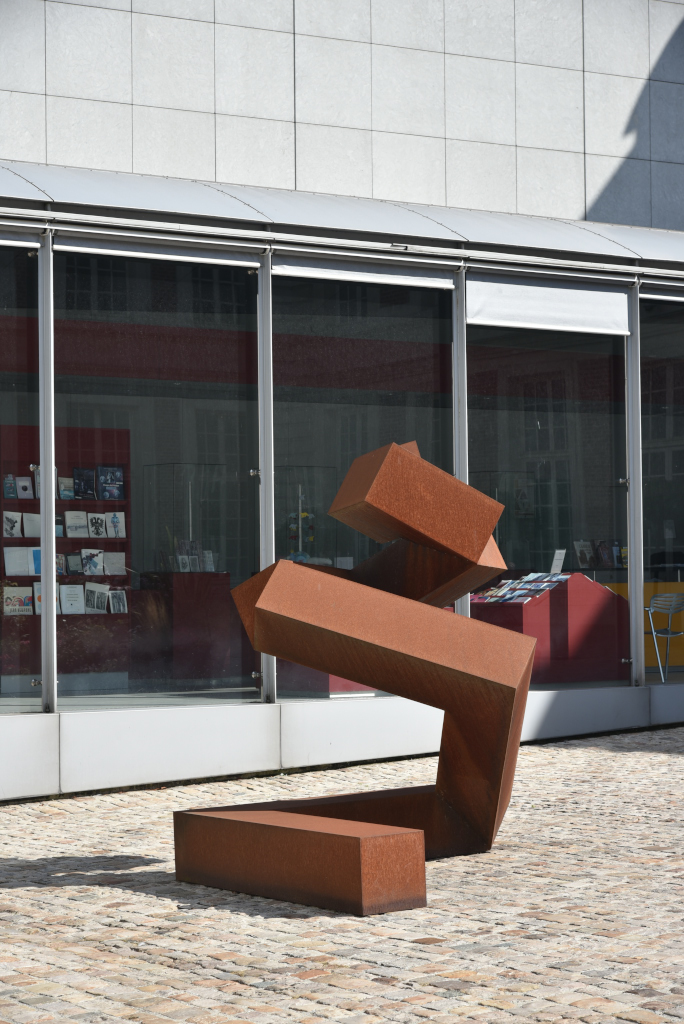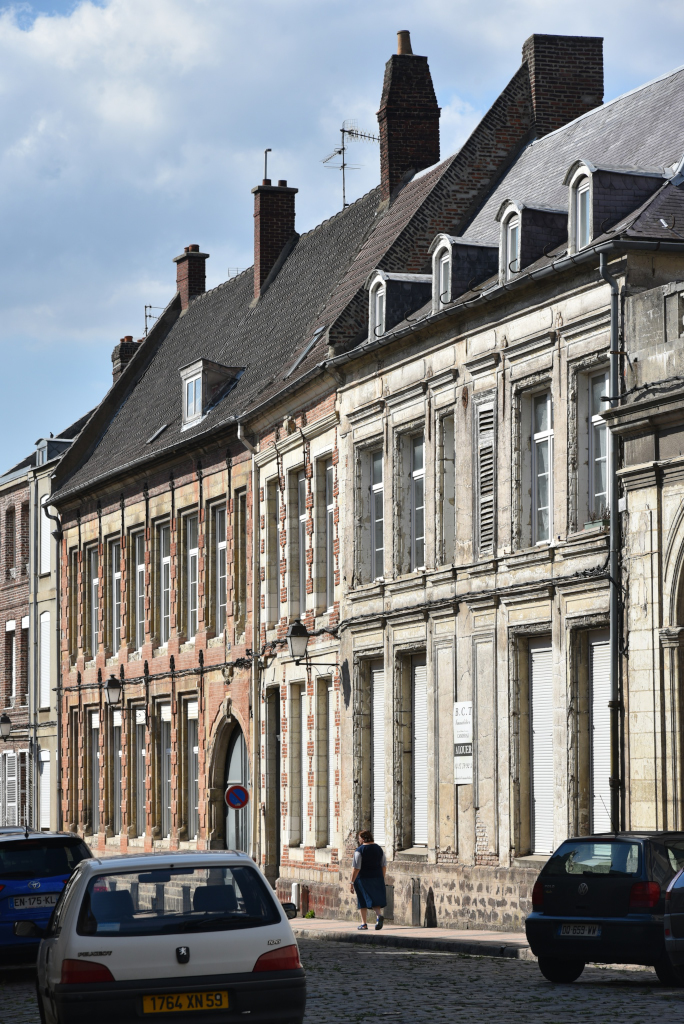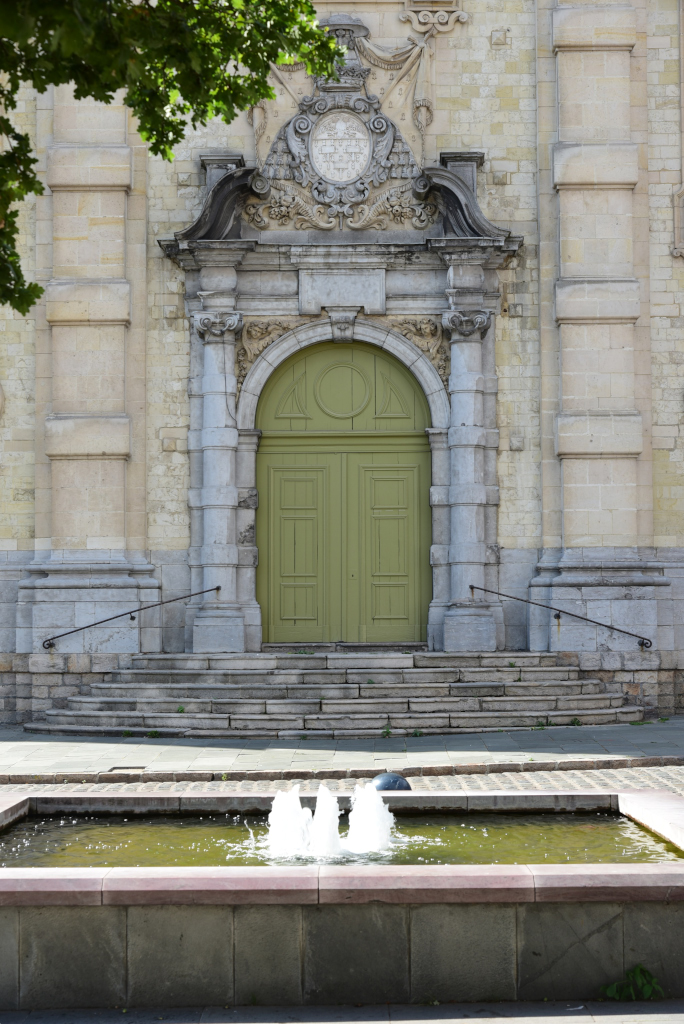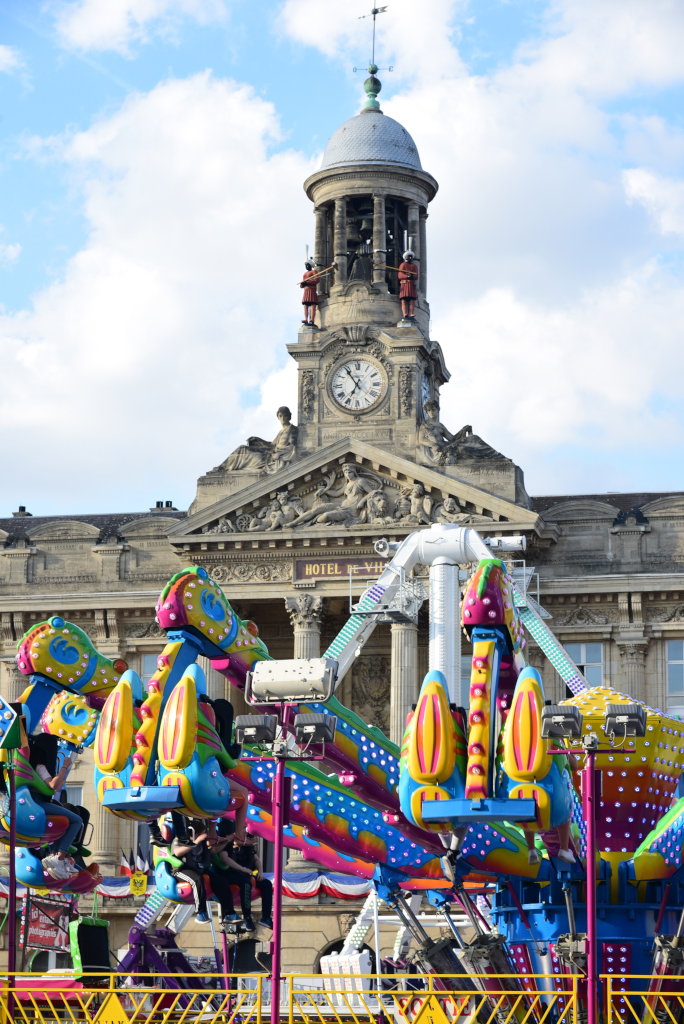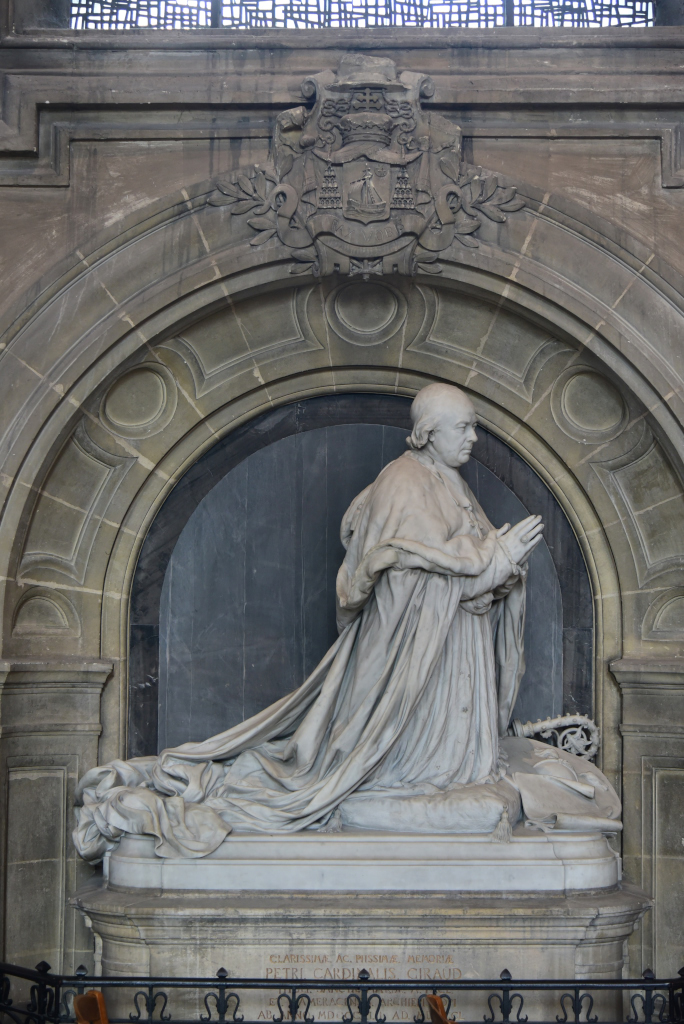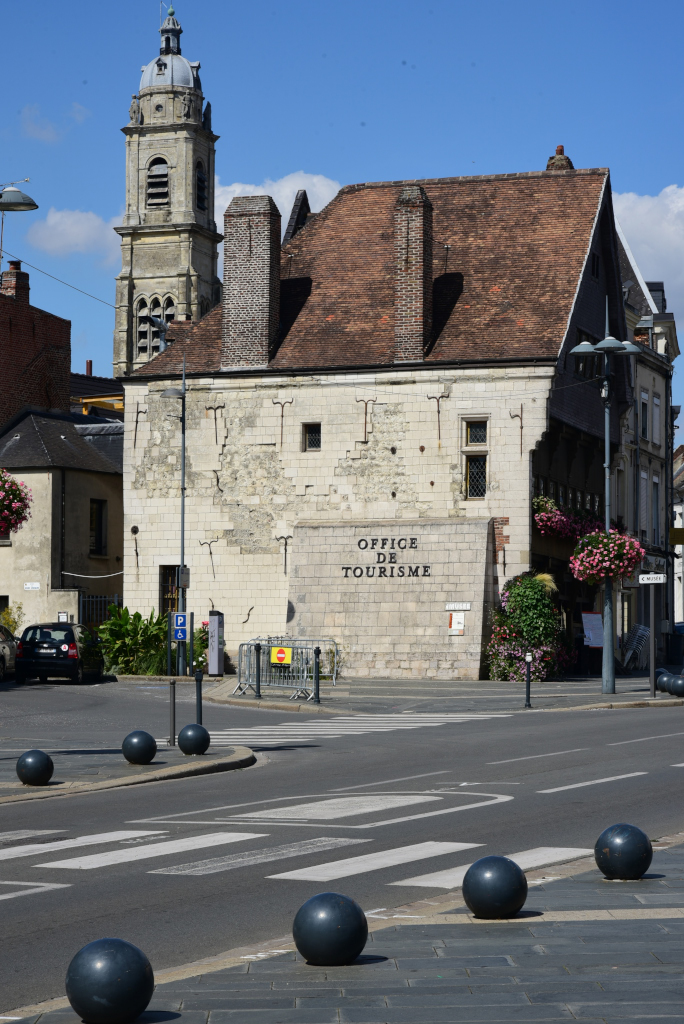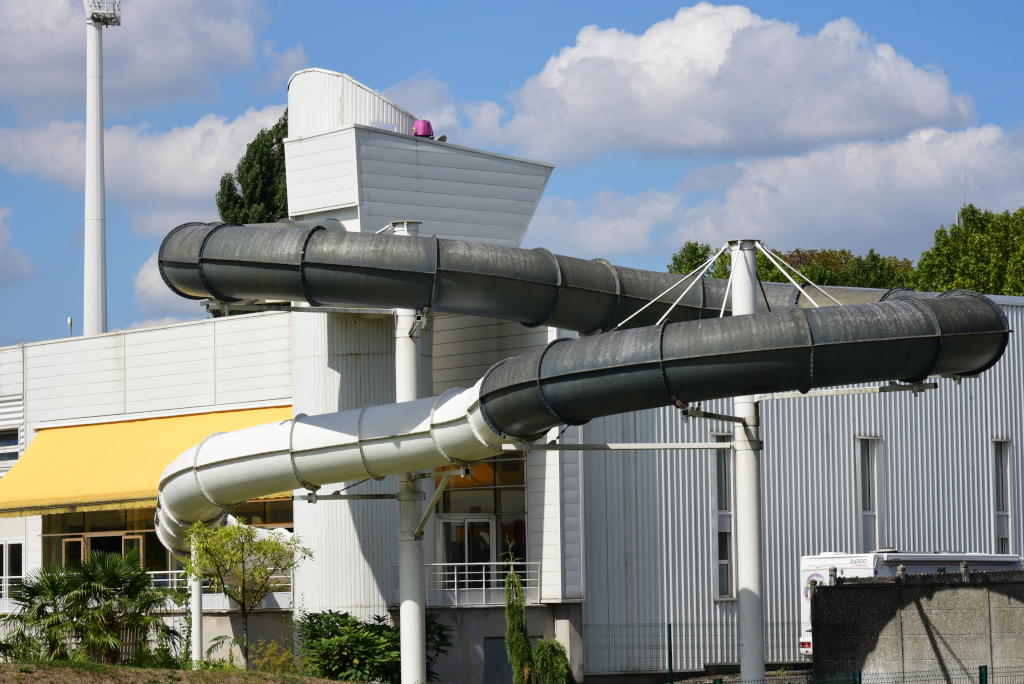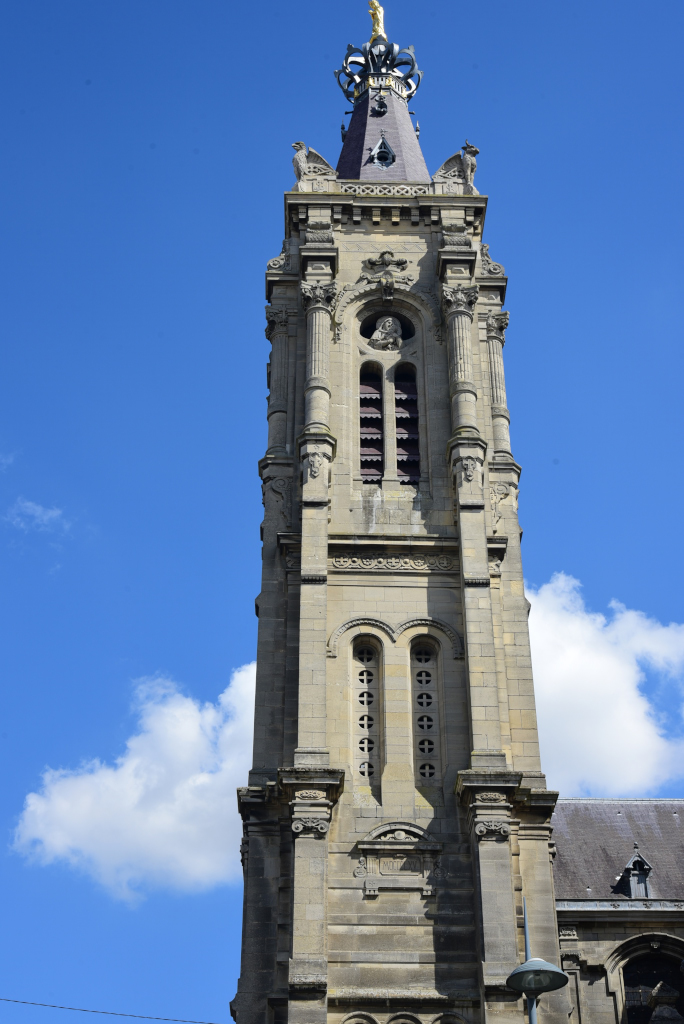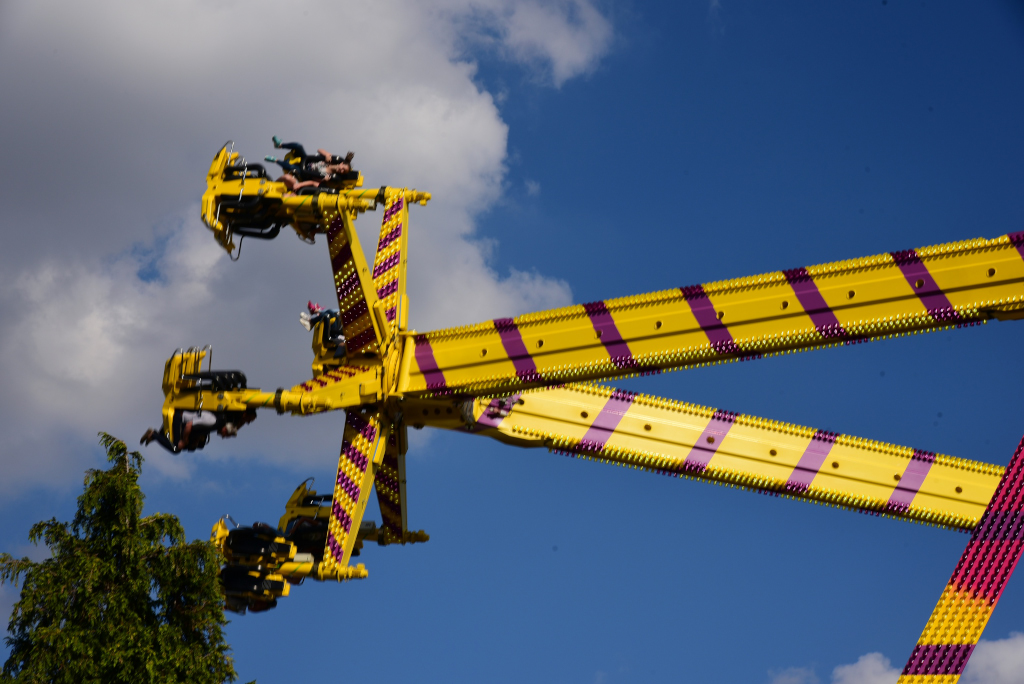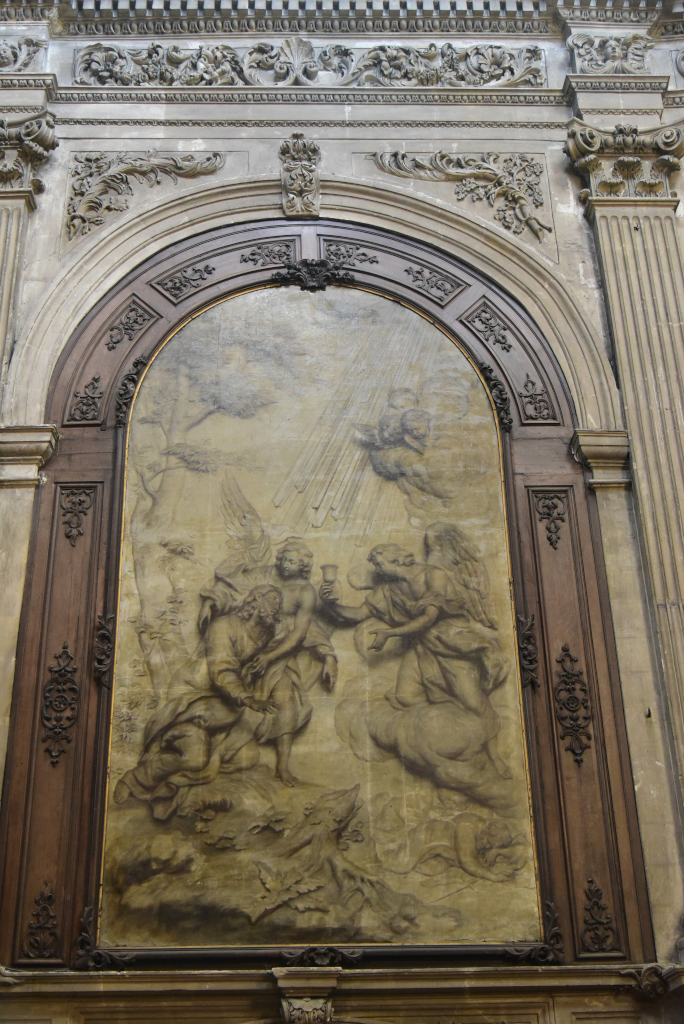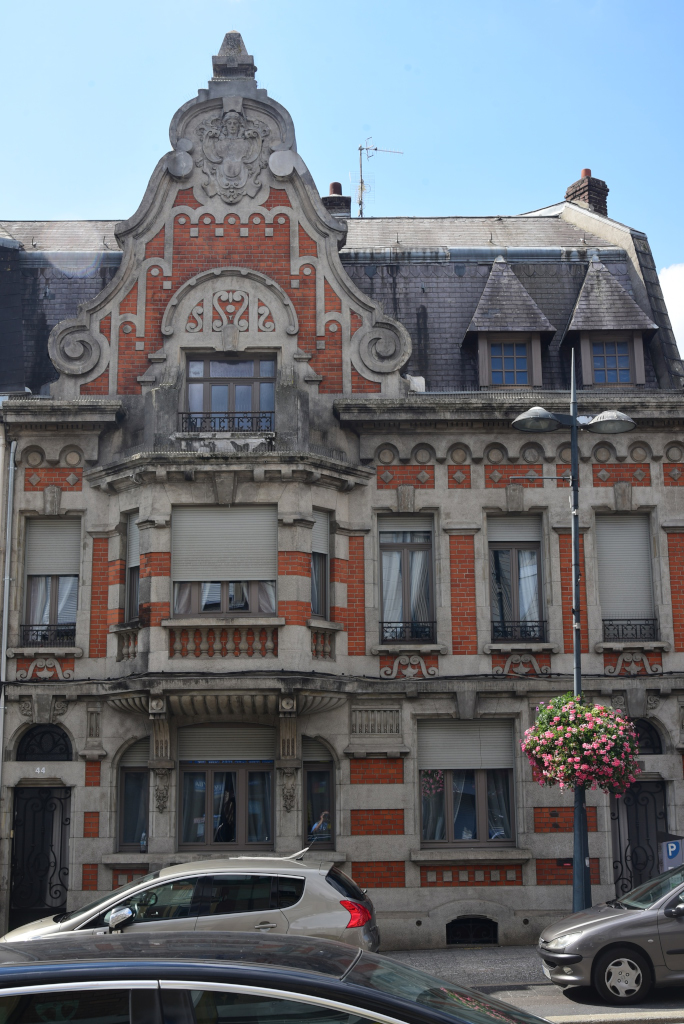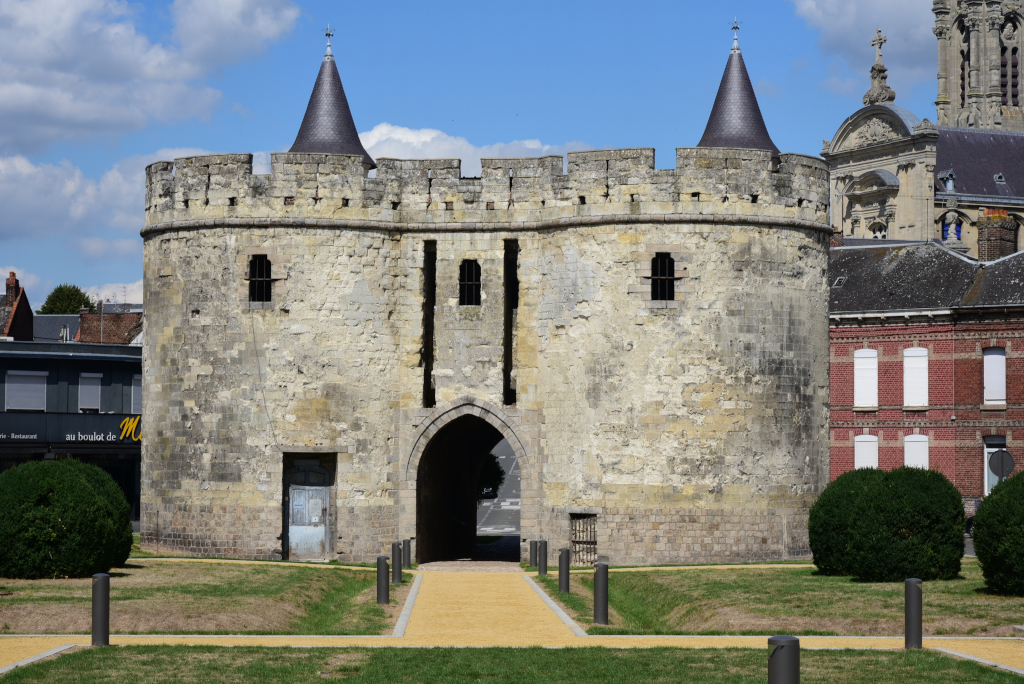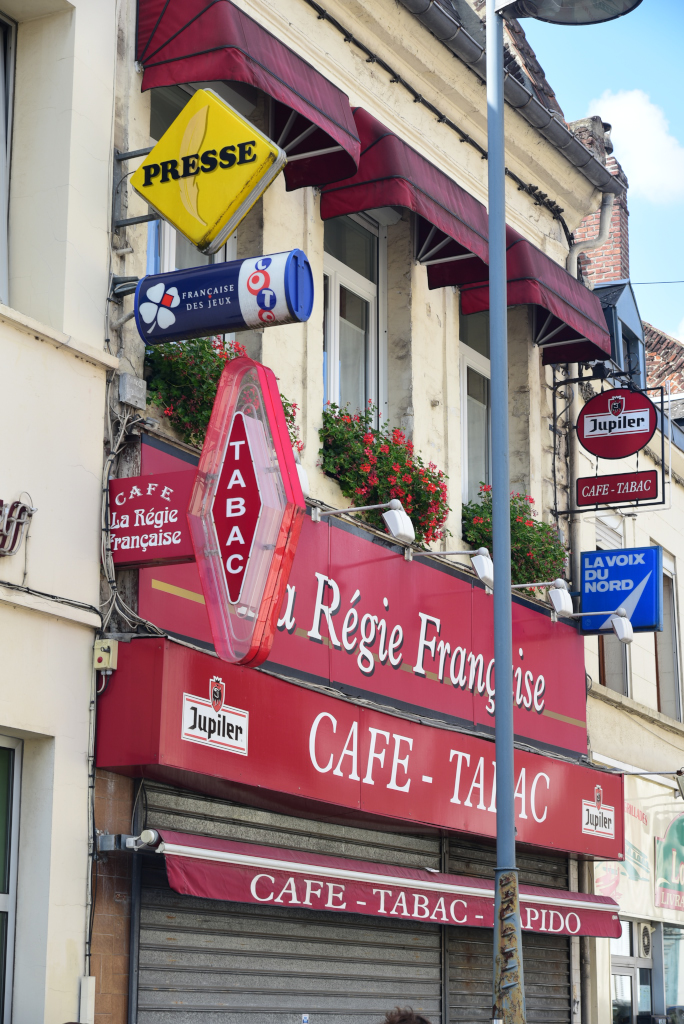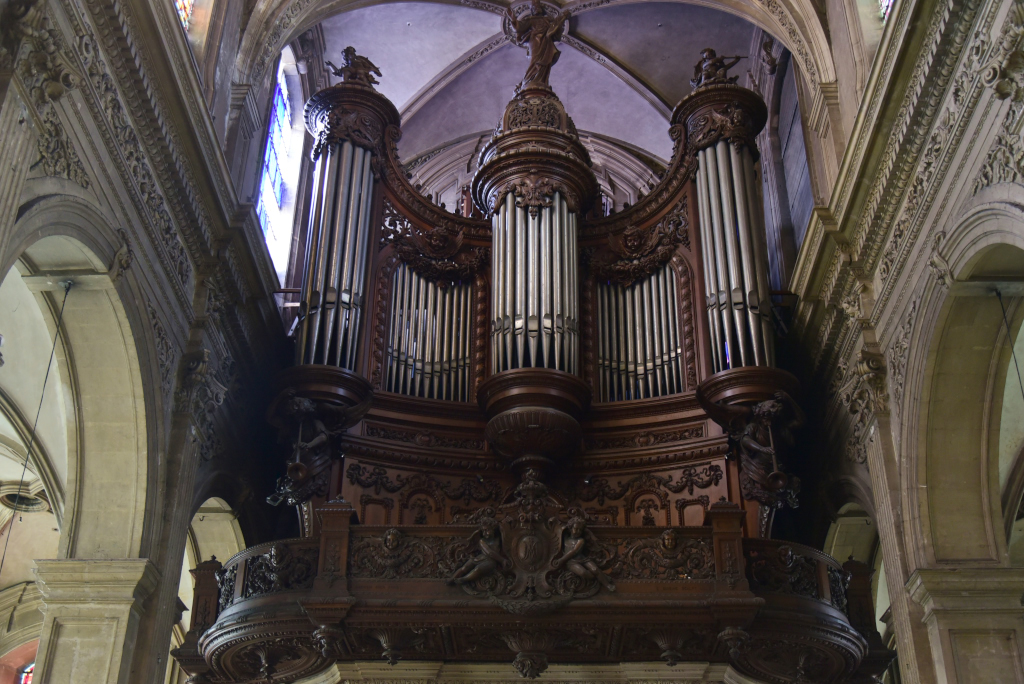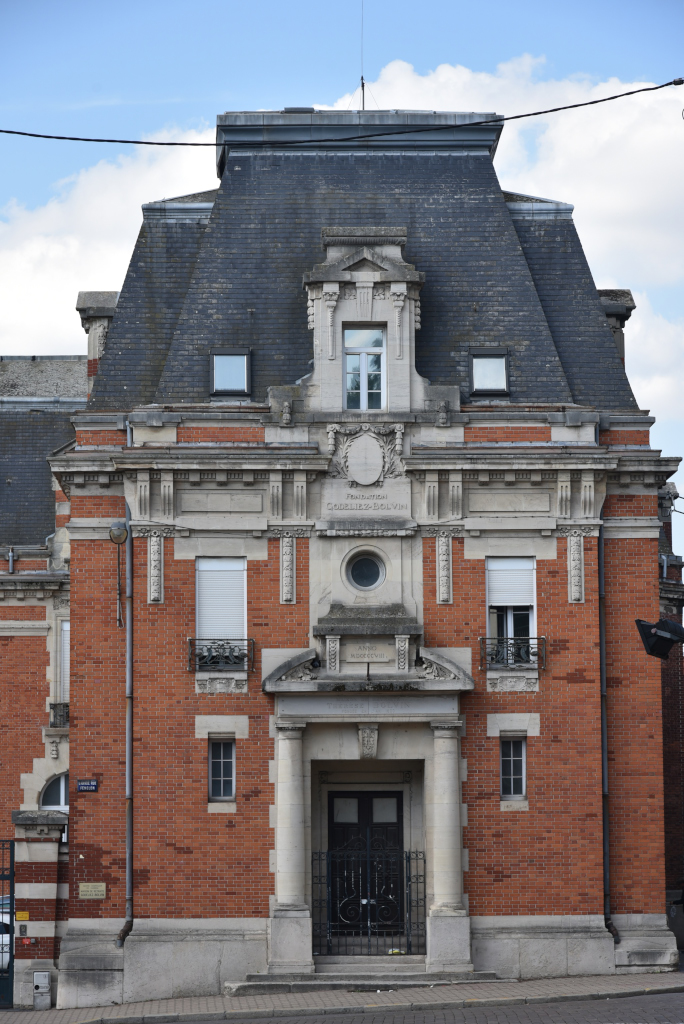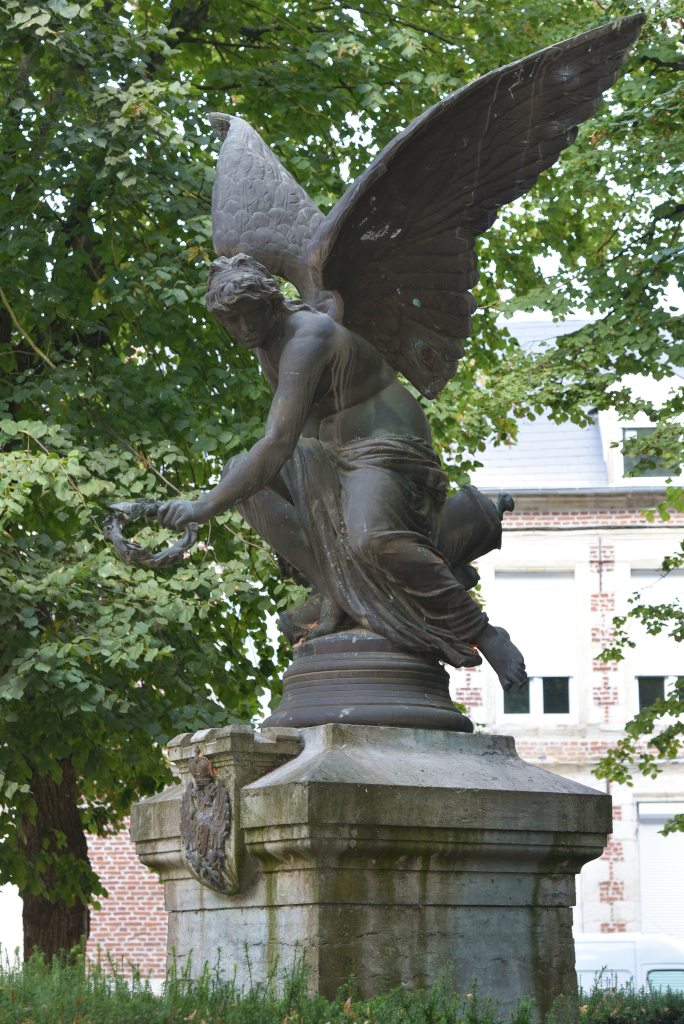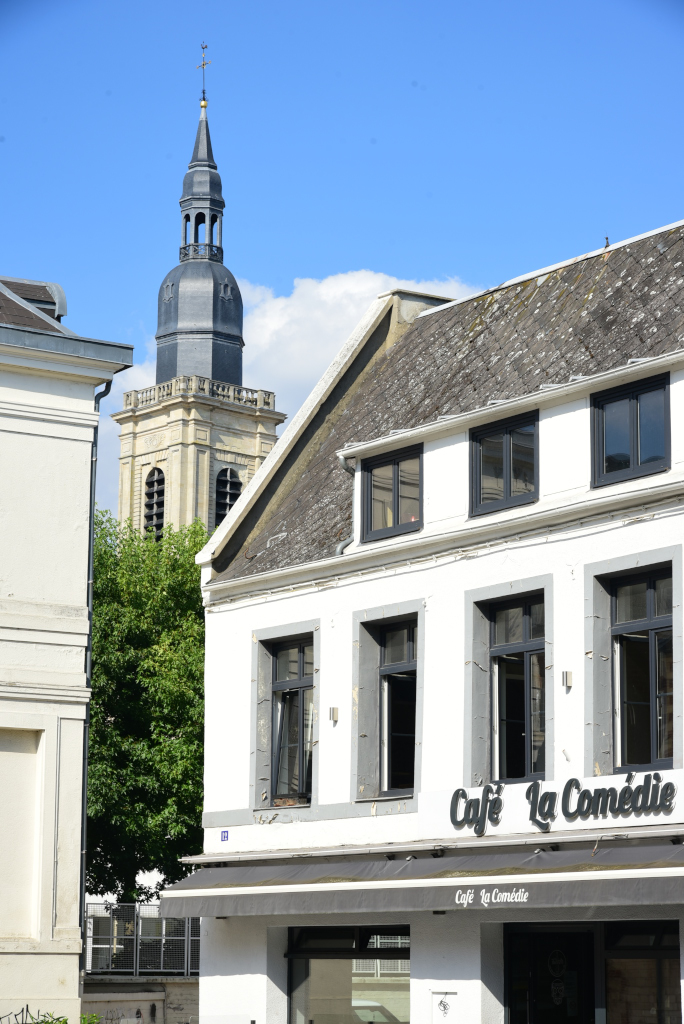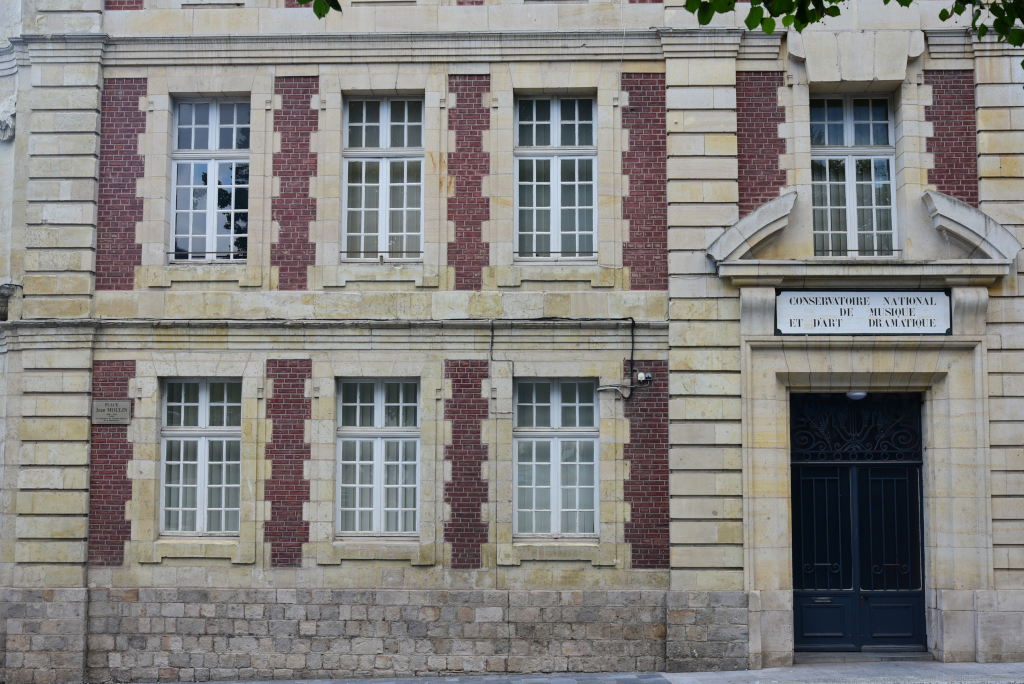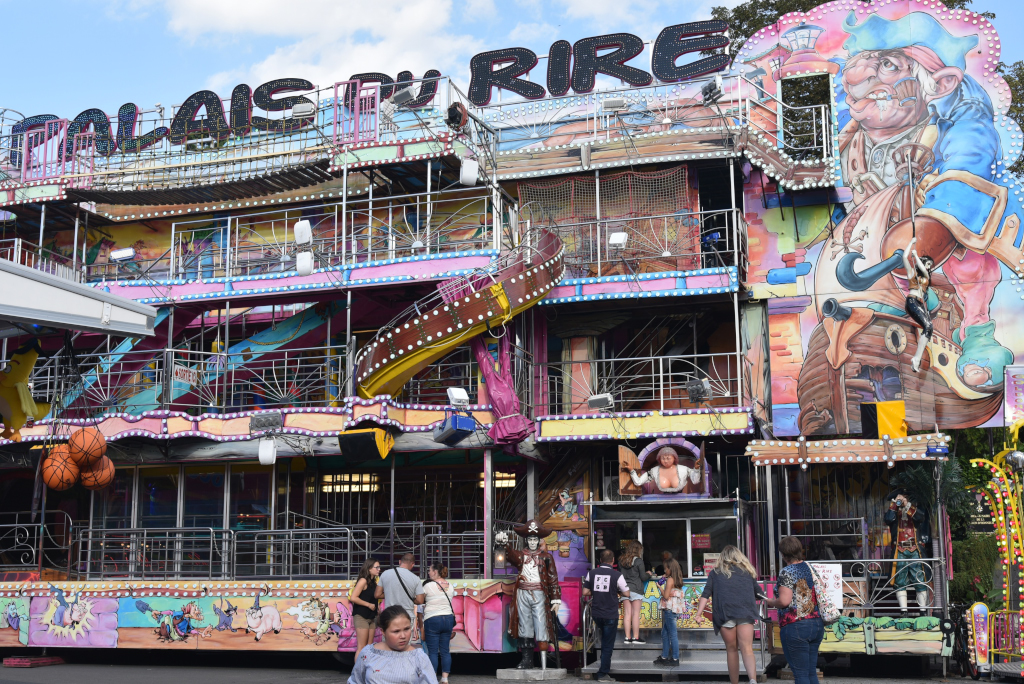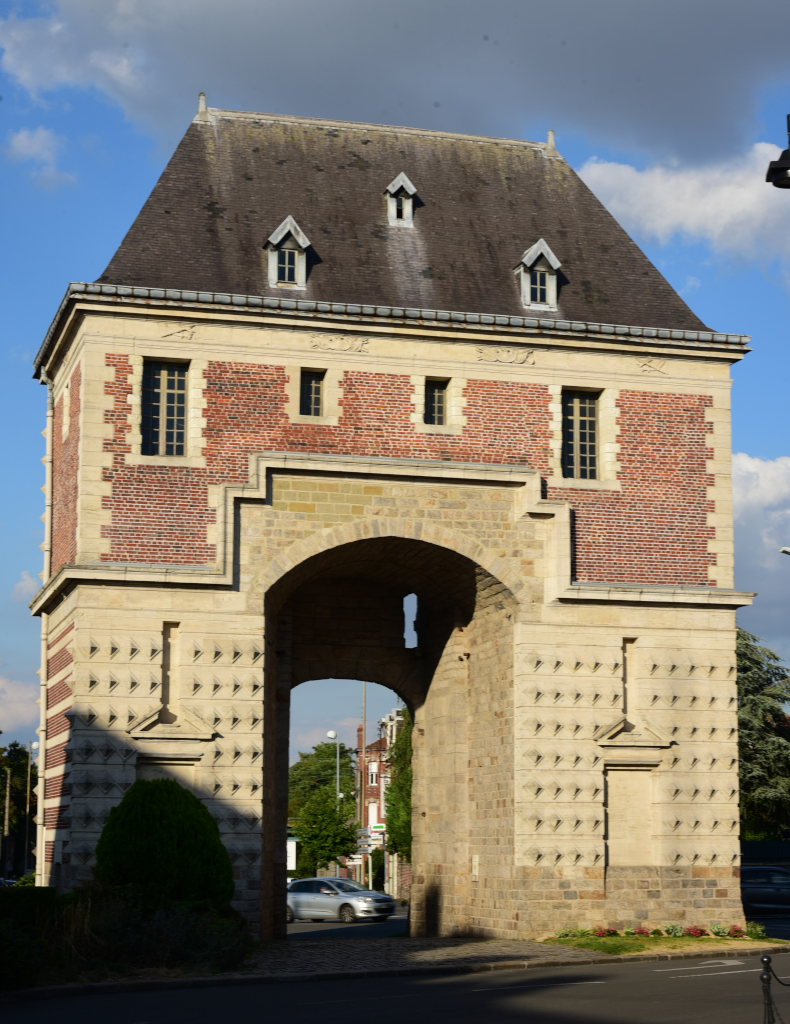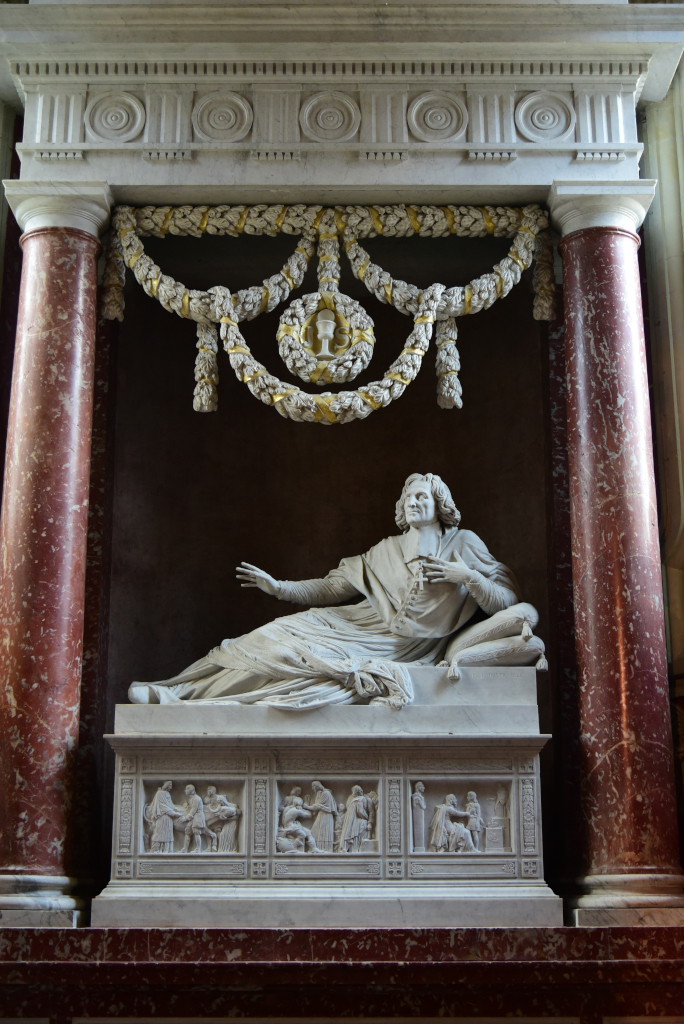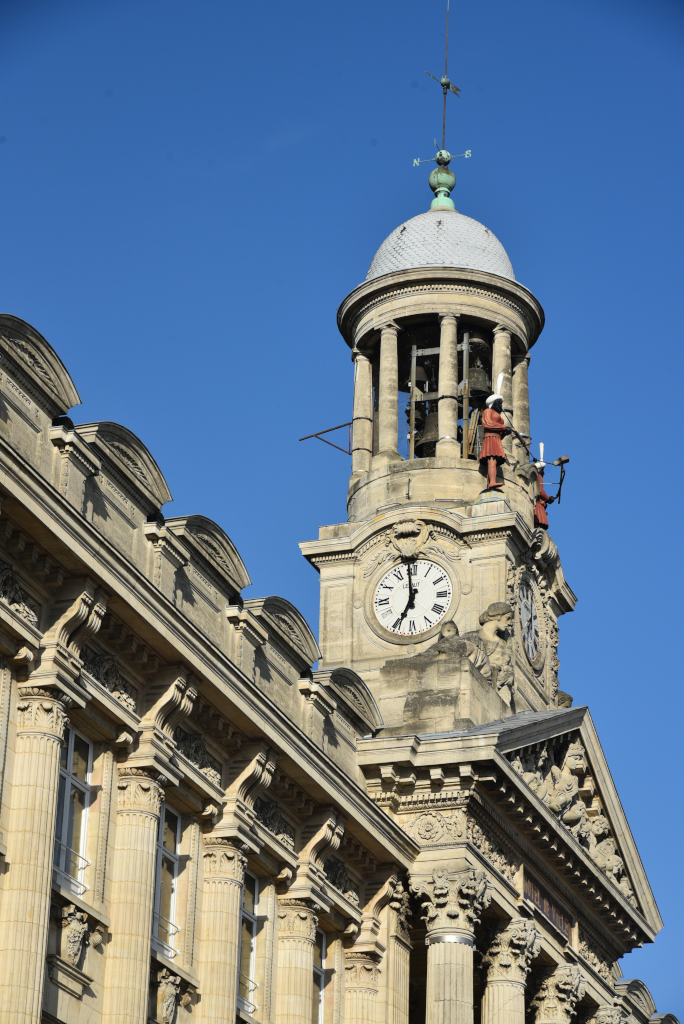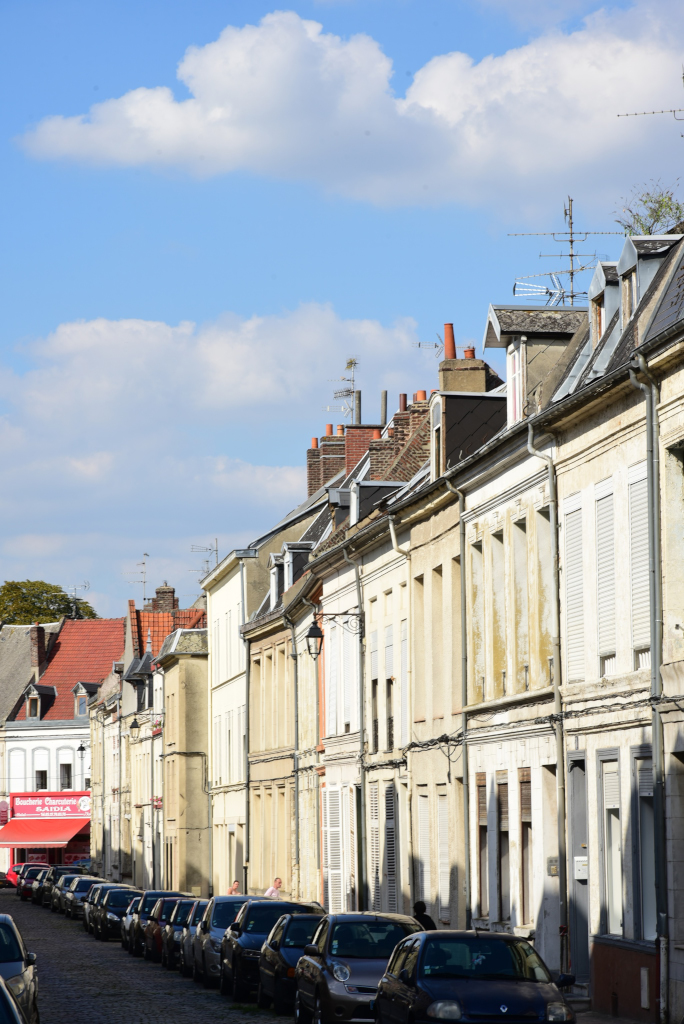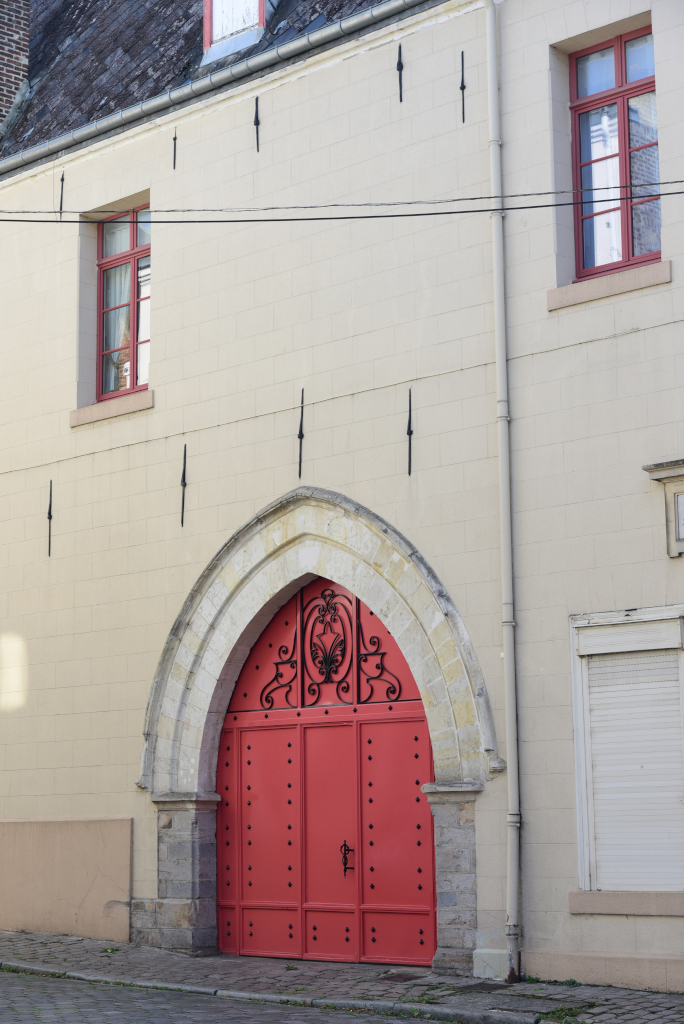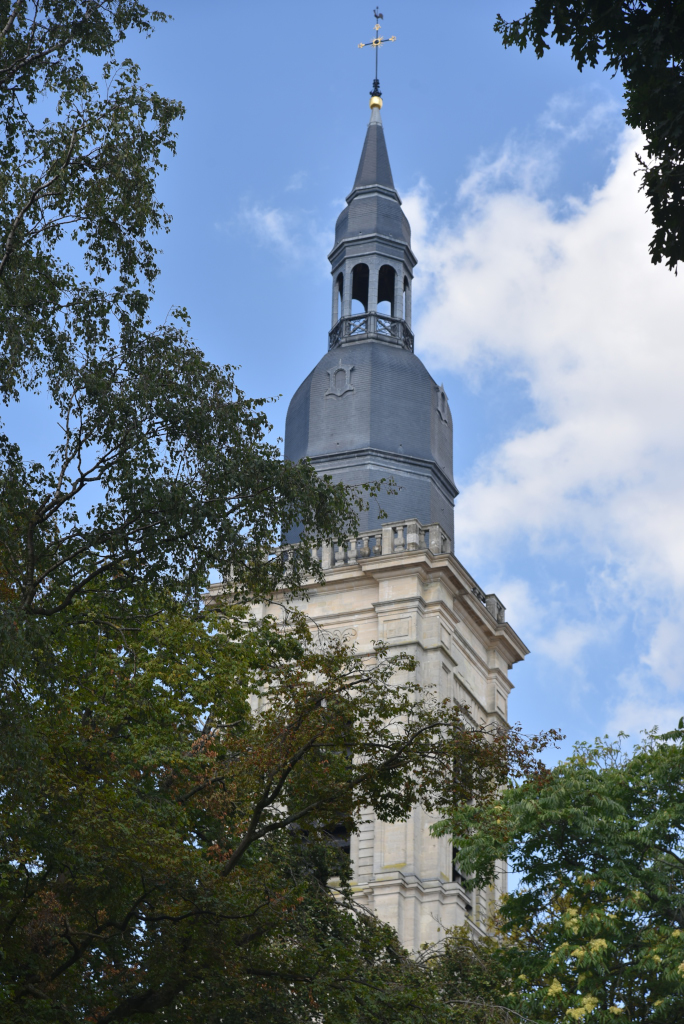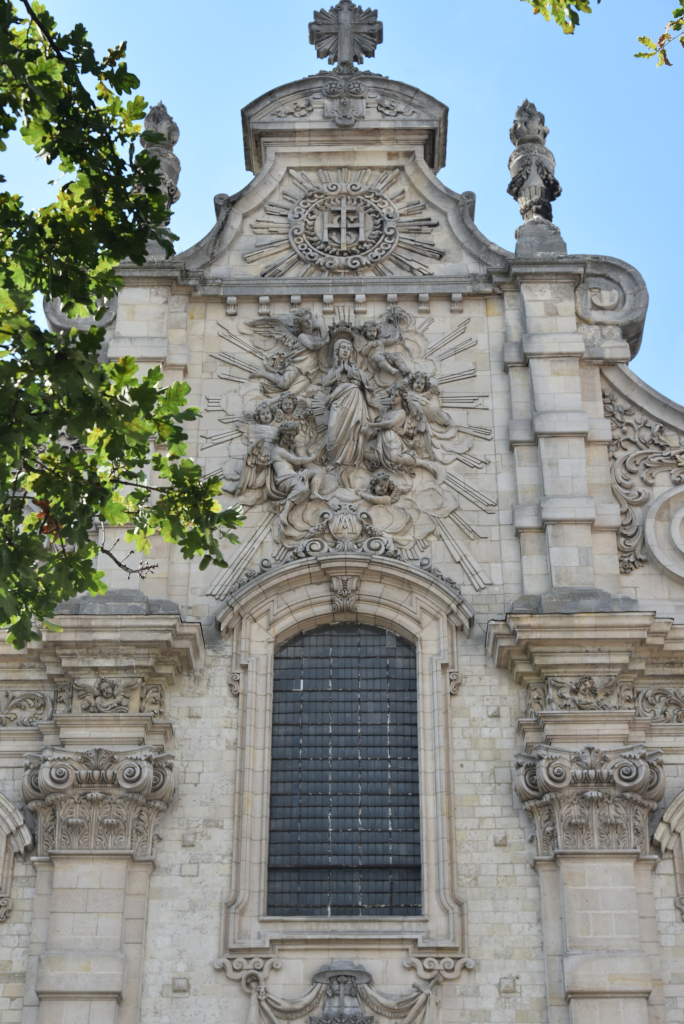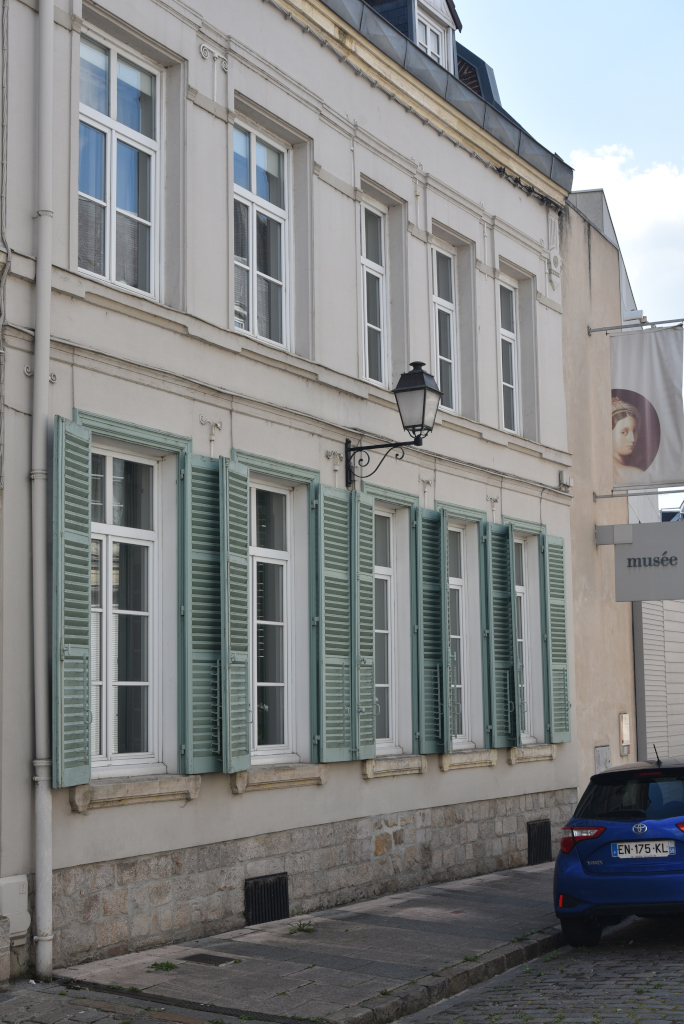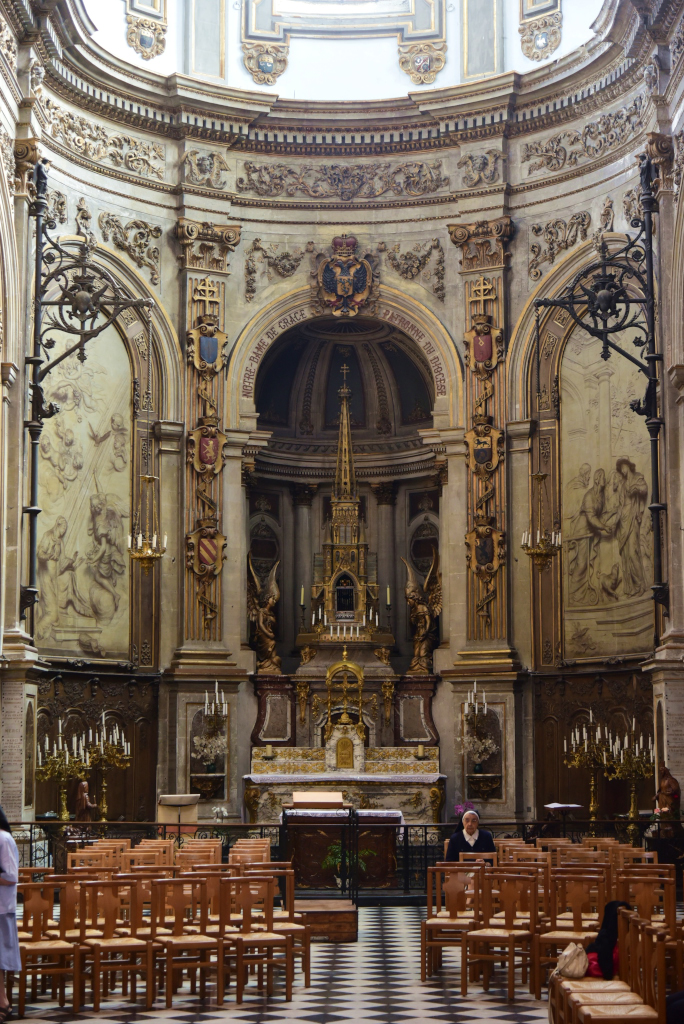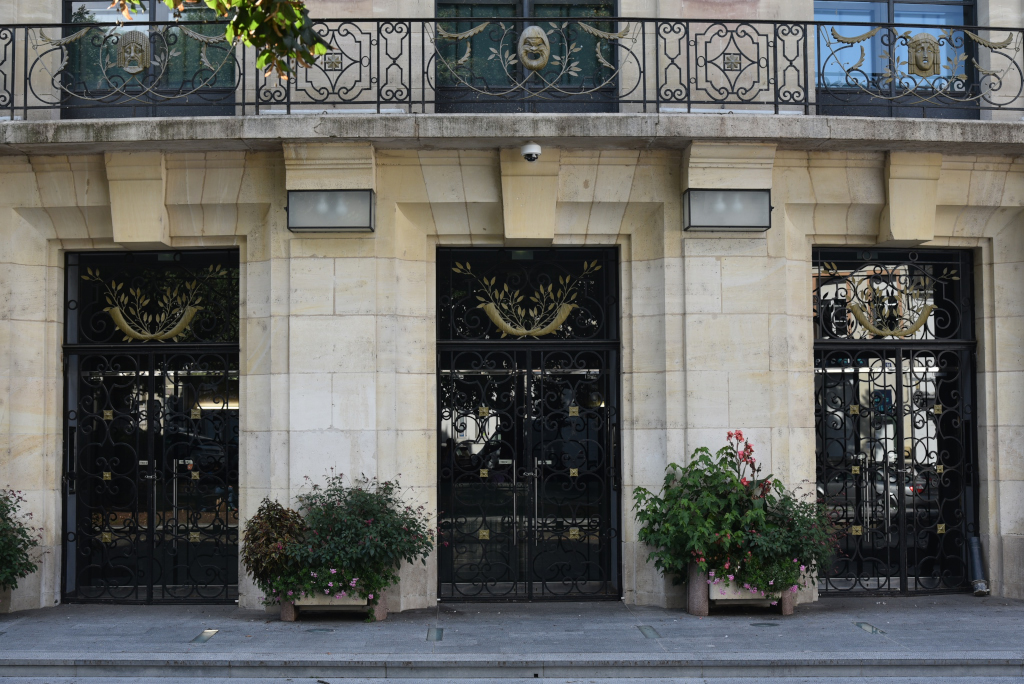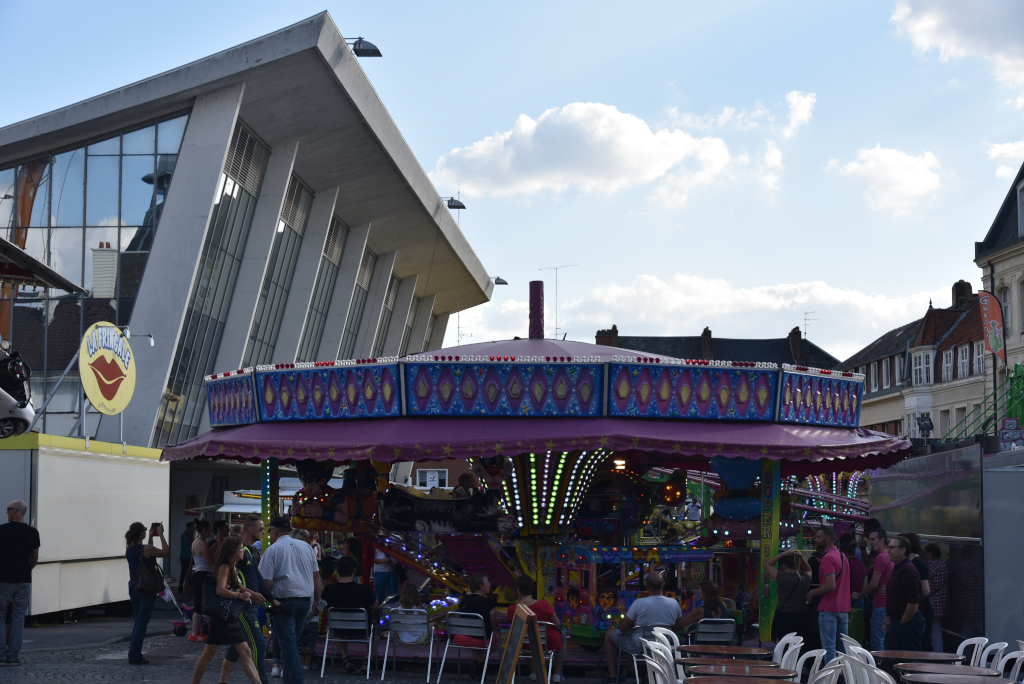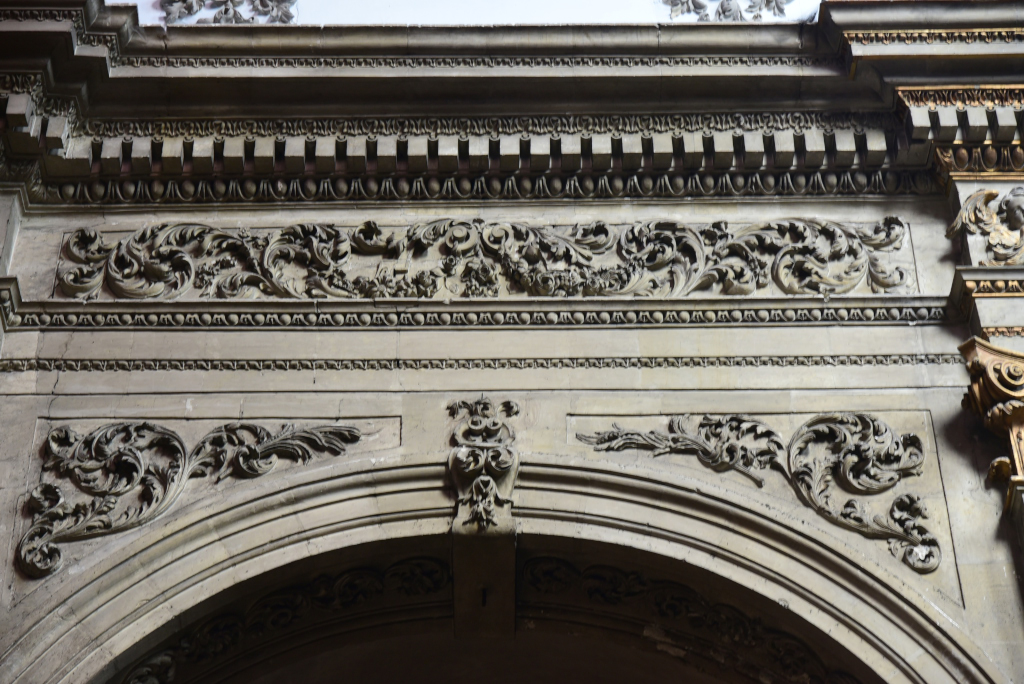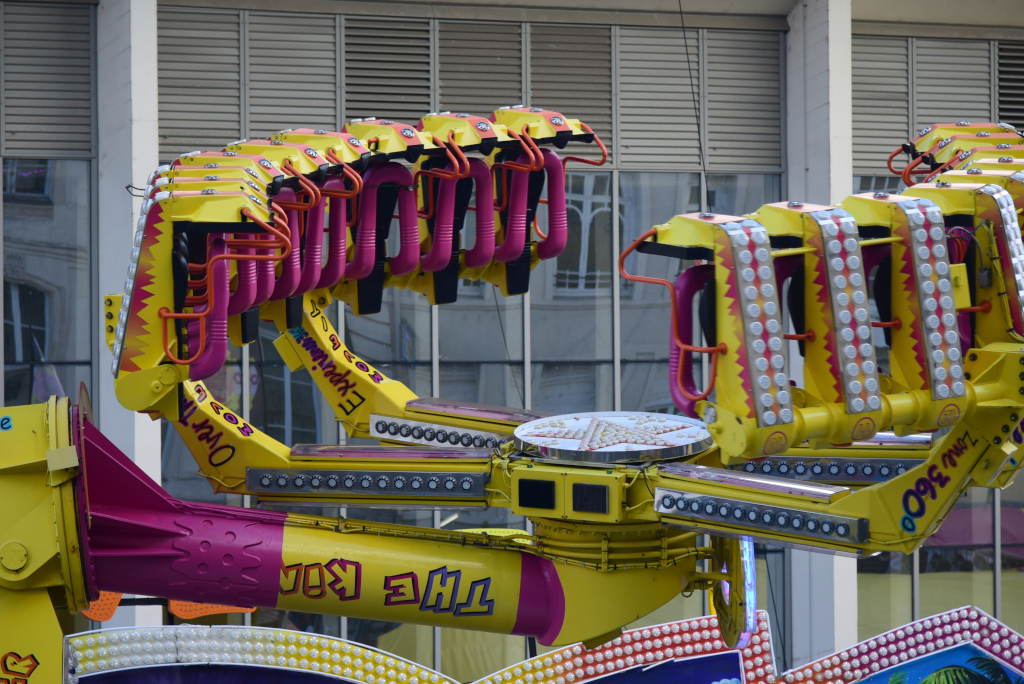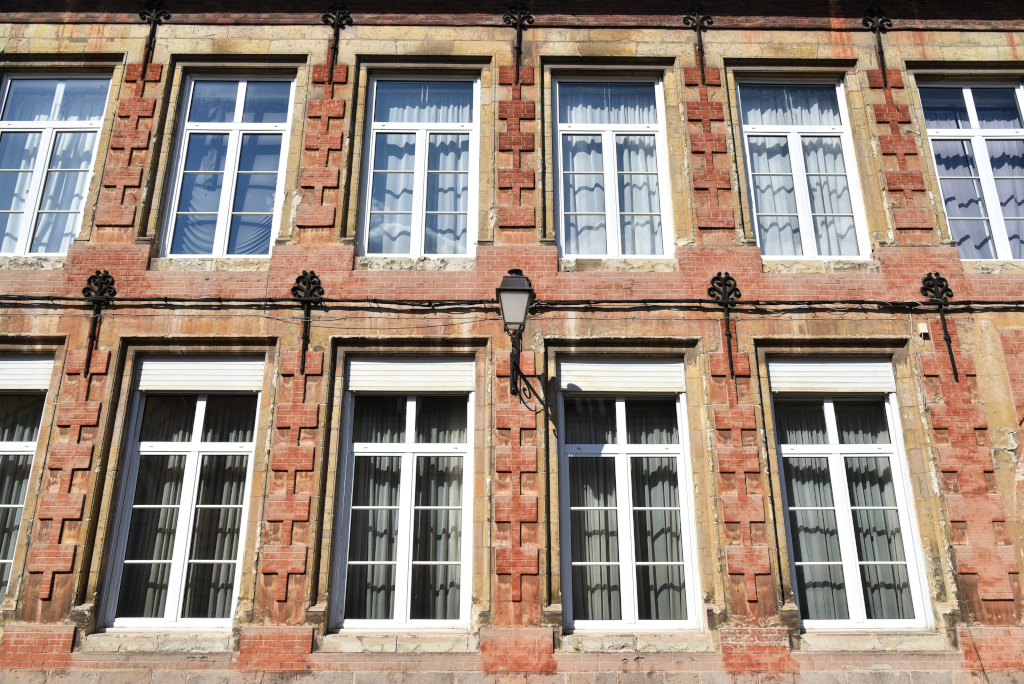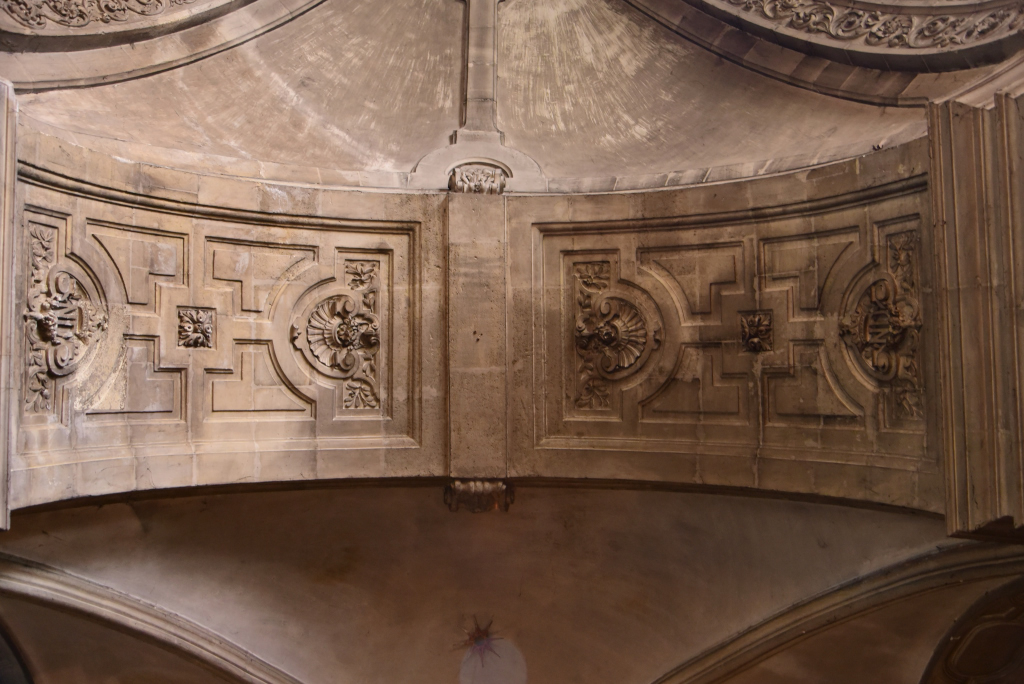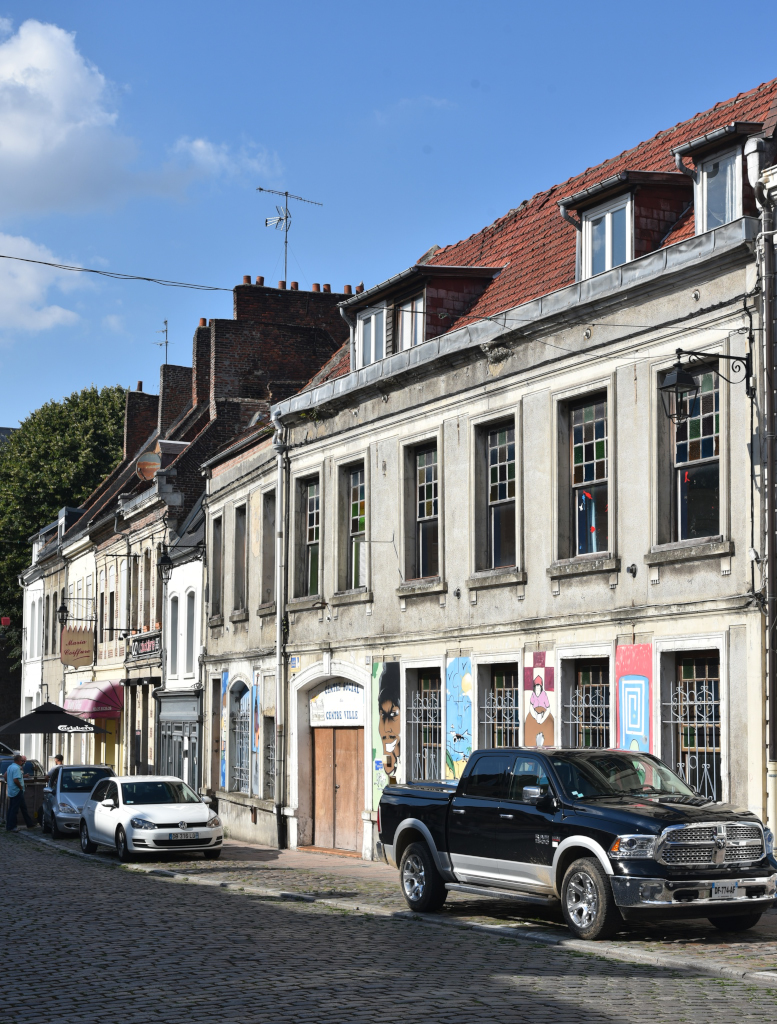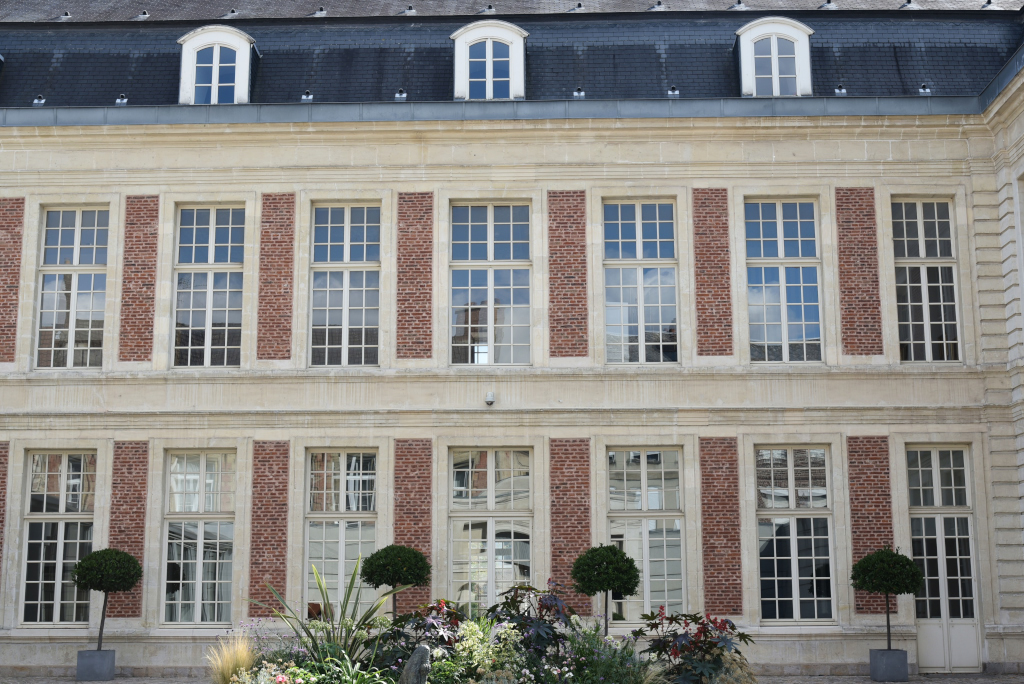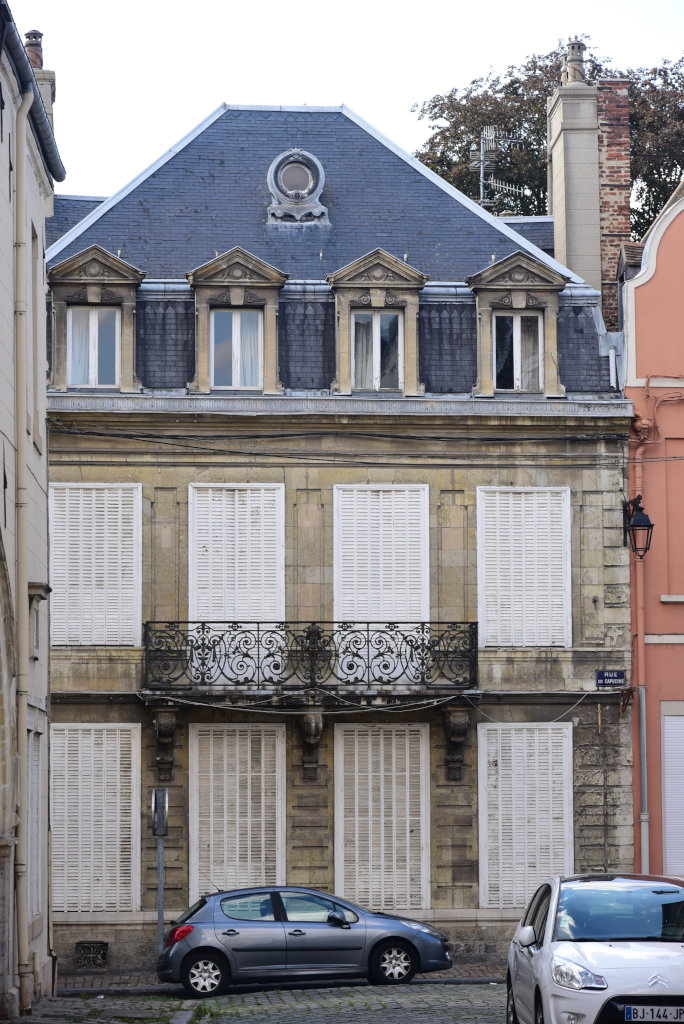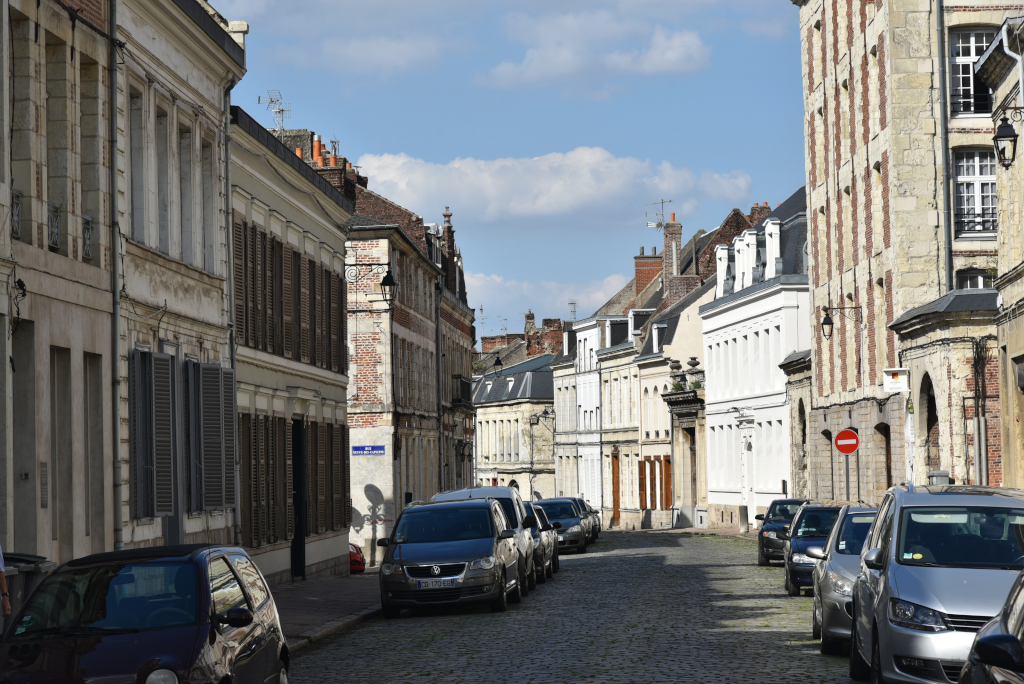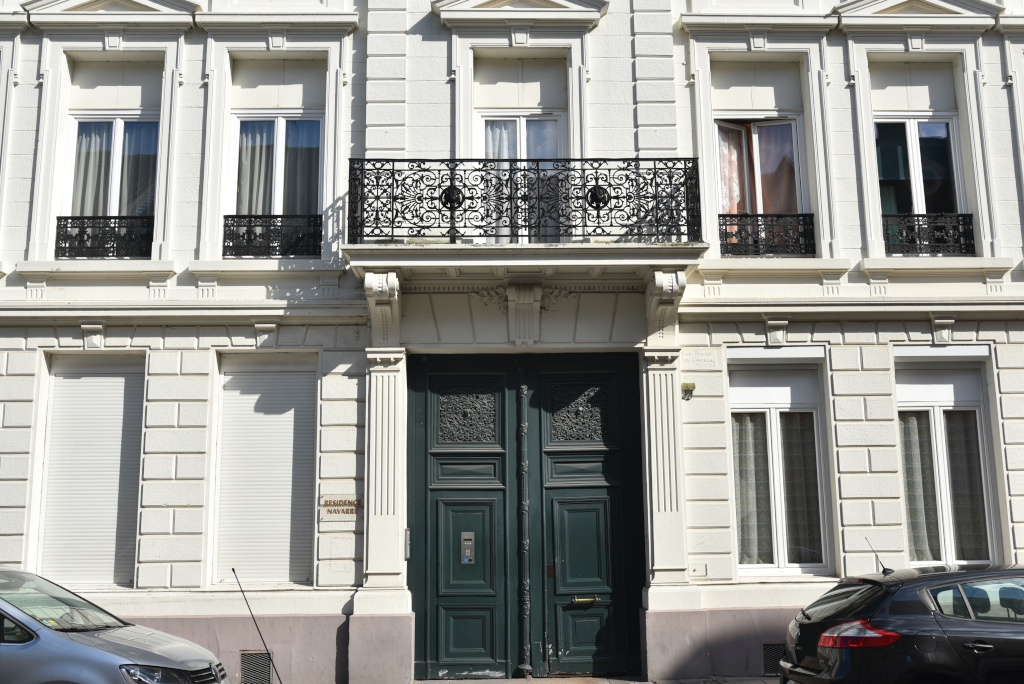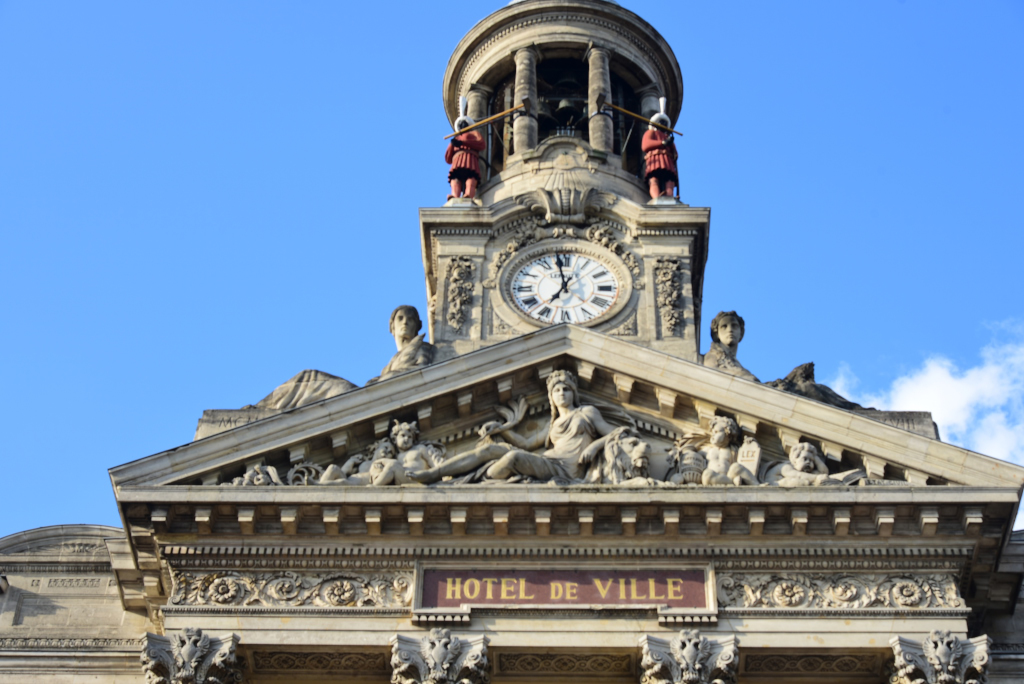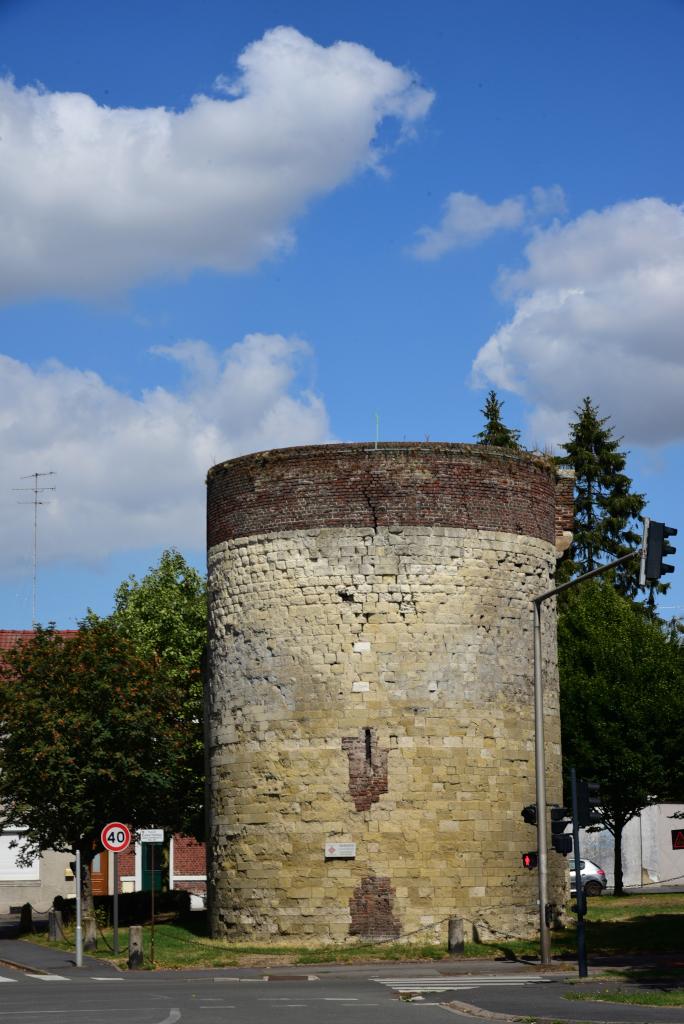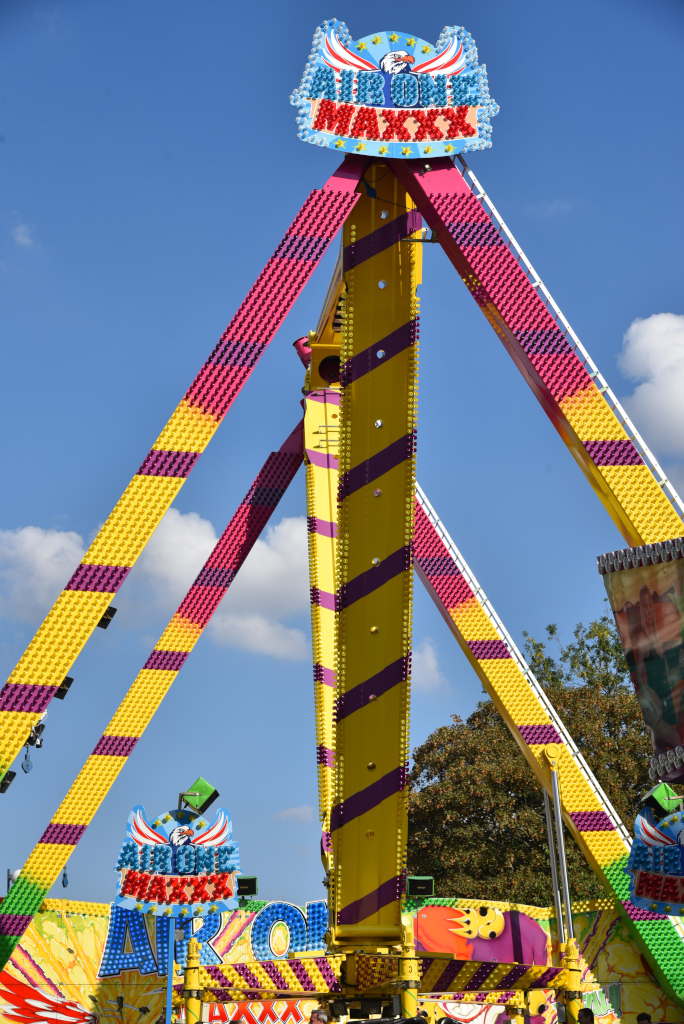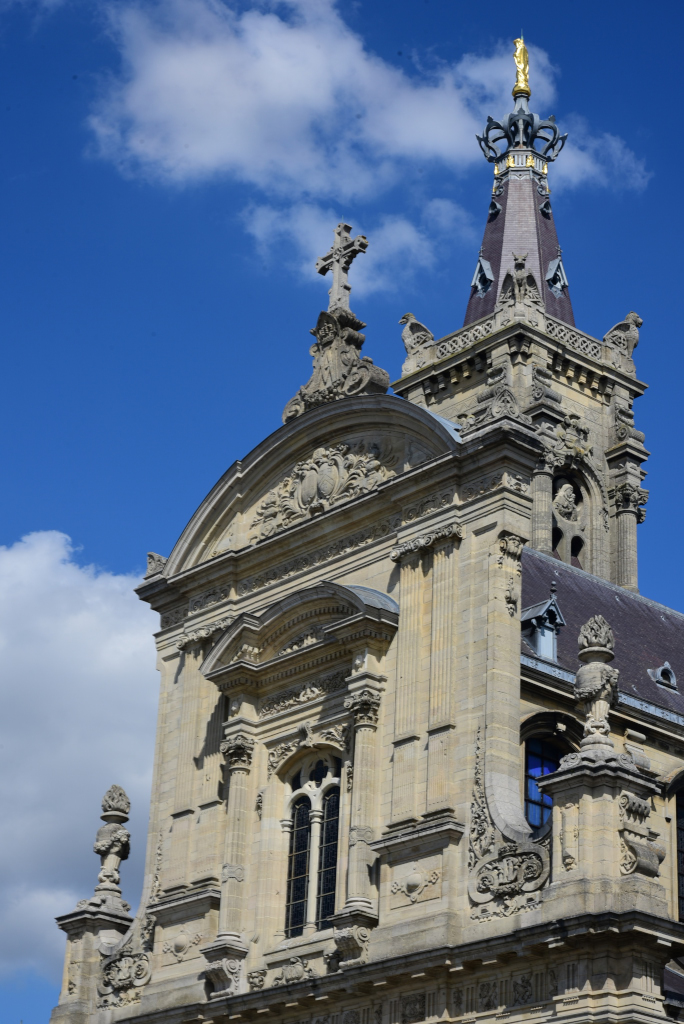August 17, 2018
Cambrai is one of the most storied Franco-Flemish cities in northern France. The town was first mentioned in the middle of the 4th century, and became the main town of the Roman province of the Nervii, whose first Roman capital had been at Bagacum, present-day Bavay. Towards the end of the Roman Empire, Cambrai replaced Bavay as the capital of the land of the Nervii.
At the beginning of the Merovingian era, Cambrai became the seat of an archdiocese covering all the right bank of the Scheldt as well as the centre of a small ecclesiastical principality, roughly coinciding with the shire of Brabant, including the central part of the Low Countries.
In the middle of the 4th-century, Frankish raids from the north threatened Bavay and led the Romans to build forts along the road from Cologne to Bavay and Cambrai, and beyond to Boulogne. In the early 5th century, Cambrai became the administrative centre of the Nervii in place of Bavay, and in 430, the Salian Franks under the command of Clodio the Long-Haired took Cambrai.
Looting of the city by the Vikings in December 880 convinced the Bishop Dodilon to strengthen and expand its fortifications: the new enclosure he built tripled the size of the city. Cambrai began to grow during Merovingian times, a long period of peace when the bishoprics of Arras and Cambrai were first unified and were later transferred to Cambrai. Successive bishops founded abbeys and churches to host relics, which contributed considerably to the importance of the town.
The Treaty of Verdun in 843 divided Charlemagne’s empire into three parts, and the county of Cambrai fell into Lothaire’s kingdom. However, upon the death of Lothair II, king Charles the Bald attempted to gain control of the kingdom, reverting Cambrai briefly to the western Frankish realm. In 870, the town was destroyed by the Normans. By 925 Henry the Fowler had regained control of Lothair’s former domains, and Cambrai henceforth belonged to the Holy Roman Empire.
In 958, one of the first communal uprisings in Europe occurred in Cambrai. The inhabitants rebelled against Bishop Bérenger’s power and abuses. The rebellion was severely repressed, but the discontent flared up again in the 10th and 11th centuries. Between 1077 and 1215, the burghers had a charter franchise on at least four occasions. Each time, these were eventually withdrawn by the combined efforts of the bishops and emperors. In 1227, following another period of unrest, the burghers of Cambrai finally had to give up their charters and accept the bishop’s authority.
In the Middle Ages, Cambrai grew considerably thanks to its weaving industry, which produced woolen cloth, linen and cambric, then fell into economic decline from the 15th century onward. At the time, the city belonged to a commercial hansa of seventeen low country cities whose aim was to develop trade with the fairs in Champagne and Paris.
Even though the bishop tried to preserve the independence of his small state of Cambrésis, the task was not easy, wedged as the county was between its more powerful neighbours of Flanders, Hainaut and France, especially during the Hundred Years’ War. In 1339, in the early stages of the war, the English king Edward III laid siege to the city but eventually had to withdraw.
By the 14th century, the county was surrounded on all sides by Burgundy’s possessions, and John of Burgundy, an illegitimate son of John the Fearless, was made bishop. However what looked like an impending annexation of Cambrésis to the states of Burgundy was made impossible by the sudden death of Charles the Bold in 1477. Louis XI of France then seized the opportunity to take control of Cambrai, but abandoned the city a year later. In 1543, Cambrai was conquered by the Holy Roman Emperor Charles V and annexed to his already vast possessions.
Cambrai
In 1630, French cardinal Richelieu renewed the alliance of France with the United Provinces in order to counter the power of the Emperor and Spain. As a result of this effort, France was to receive Hainaut, Cambrésis, Artois, a large part of Flanders, Luxembourg, as well the county of Namur. War was declared against Spain in 1635, and was followed by a long series of wars which resulted in the city finally being ceded by the Spanish to the French in the Treaty of Nijmegen of 1678.
The city suffered extensively during the Revolution, both in terms of the number of citizens who were executed as well as the number of religious buildings that were demolished, although the later Franco-Prussian War of 1870 largely spared the city.
In World War I, the German army occupied the city over the course of four years, a time marked by scenes of looting, requisitions and arrests of hostages. The city was also bombed by the Luftwaffe during the Battle of France in World War II, then half destroyed by Allied air raids.
Cambrai has a distinguished musical history, particularly from the 15th century. Its cathedral had one of the most active musical establishments in the Low Countries, as many composers of the Burgundian School either grew up and learned their craft there, or returned to teach. Guillaume Dufay, the most famous European musician of the 15th century, studied at the cathedral from 1409 to 1412, and returned in 1439 after spending many years in Italy. Cambrai cathedral had other famous composers in the later 15th century, including Johannes Tinctoris and Ockeghem went to Cambrai to study with Dufay.
(Narrative excerpted from Wikipedia)

